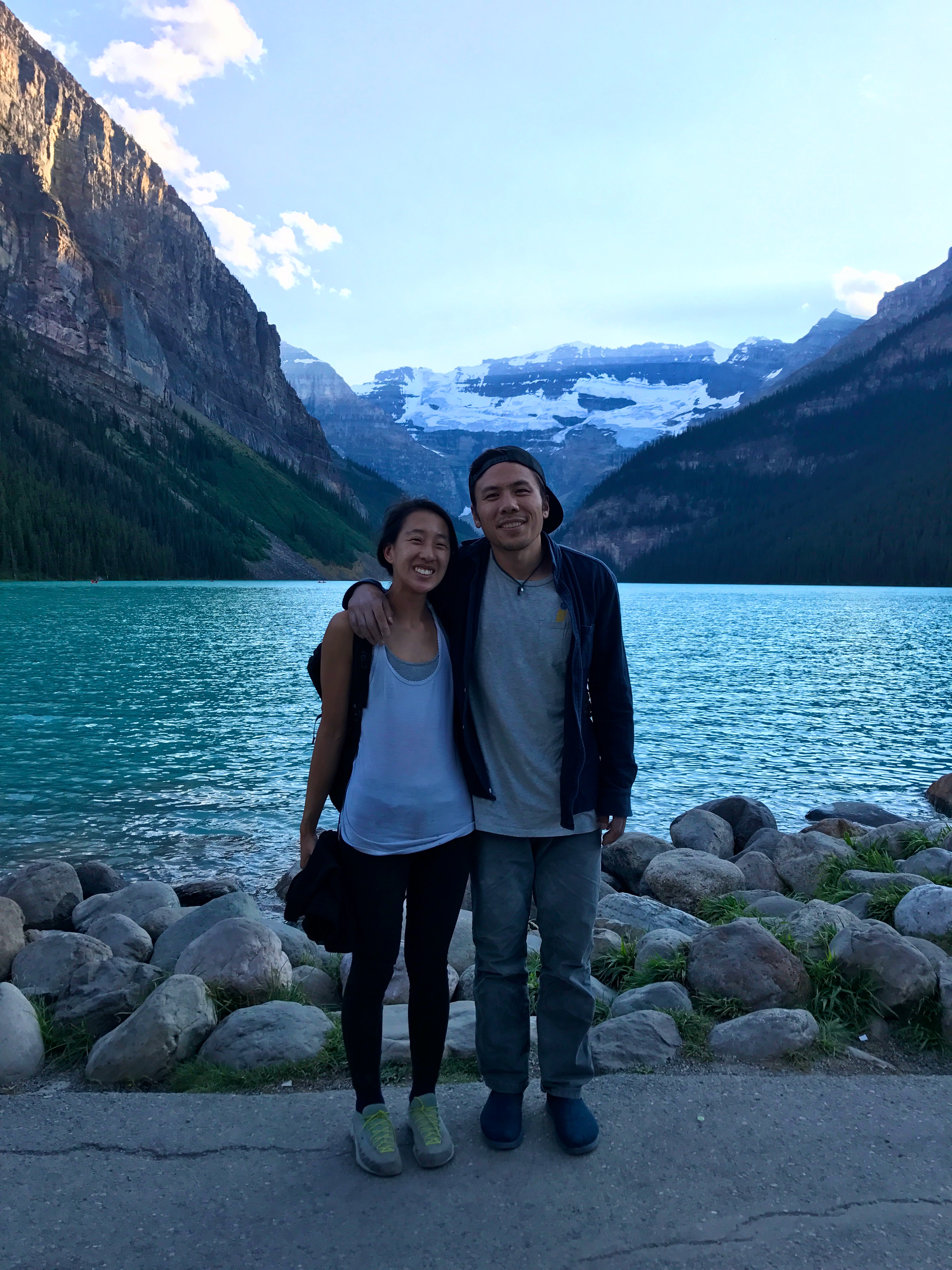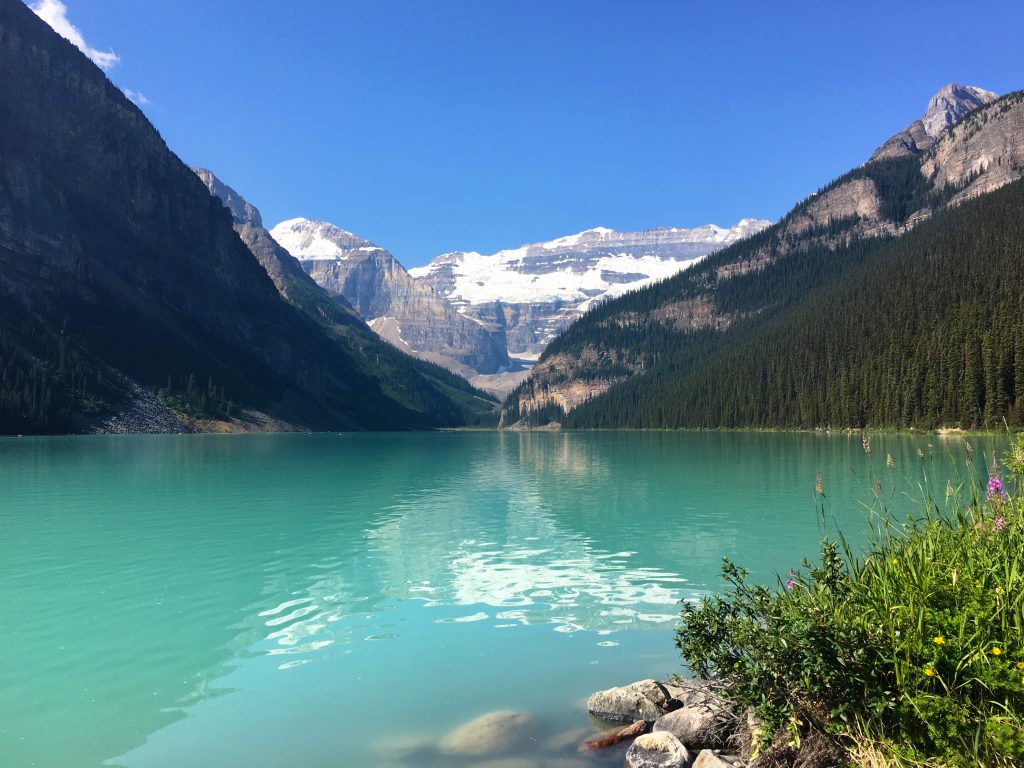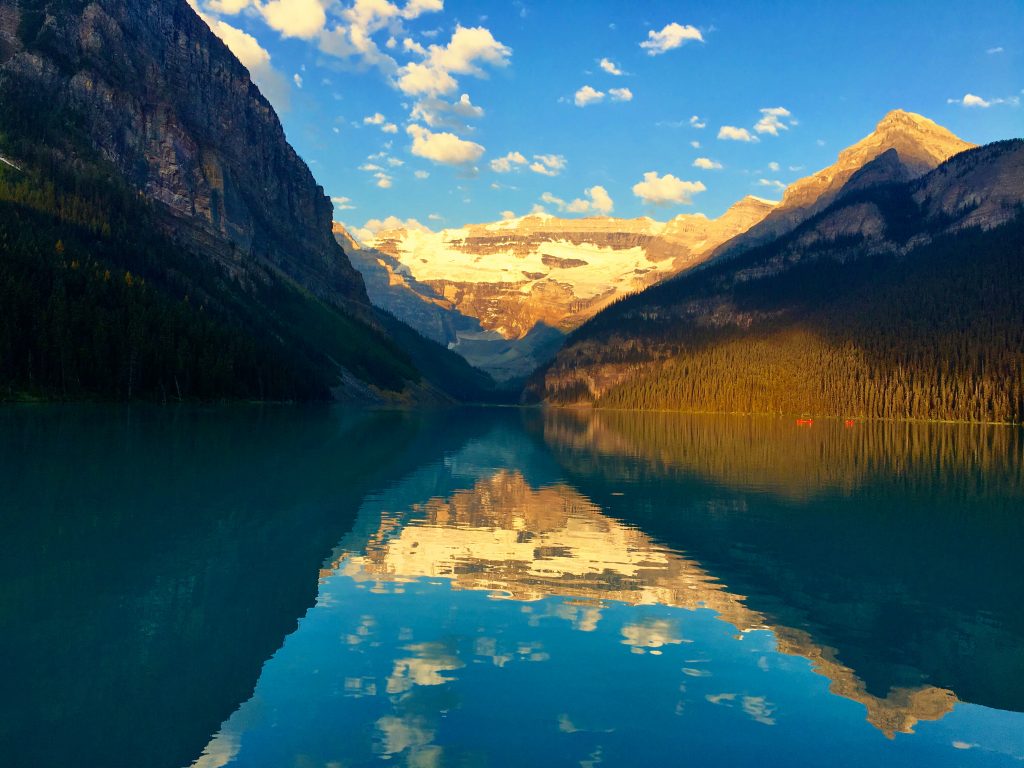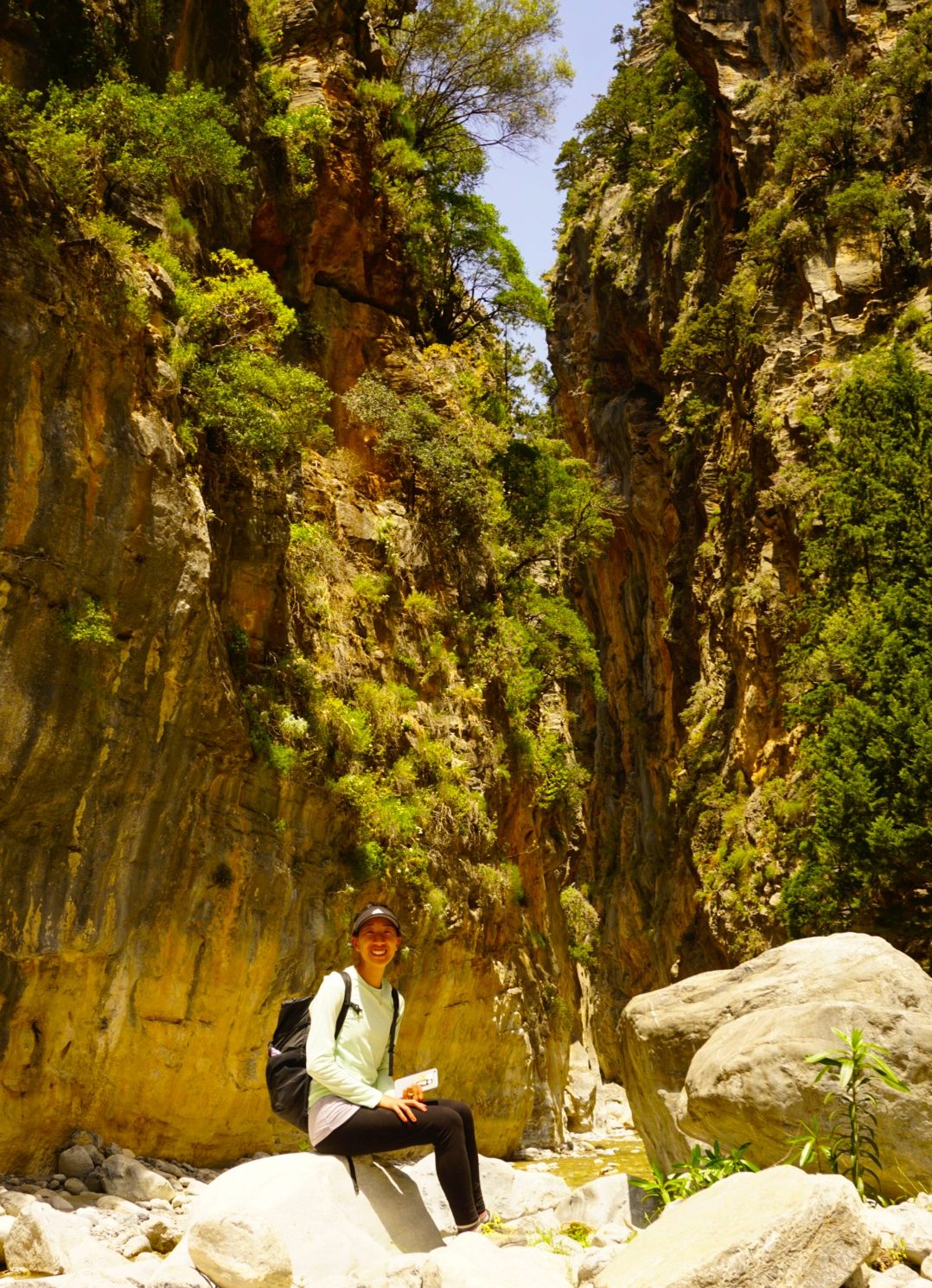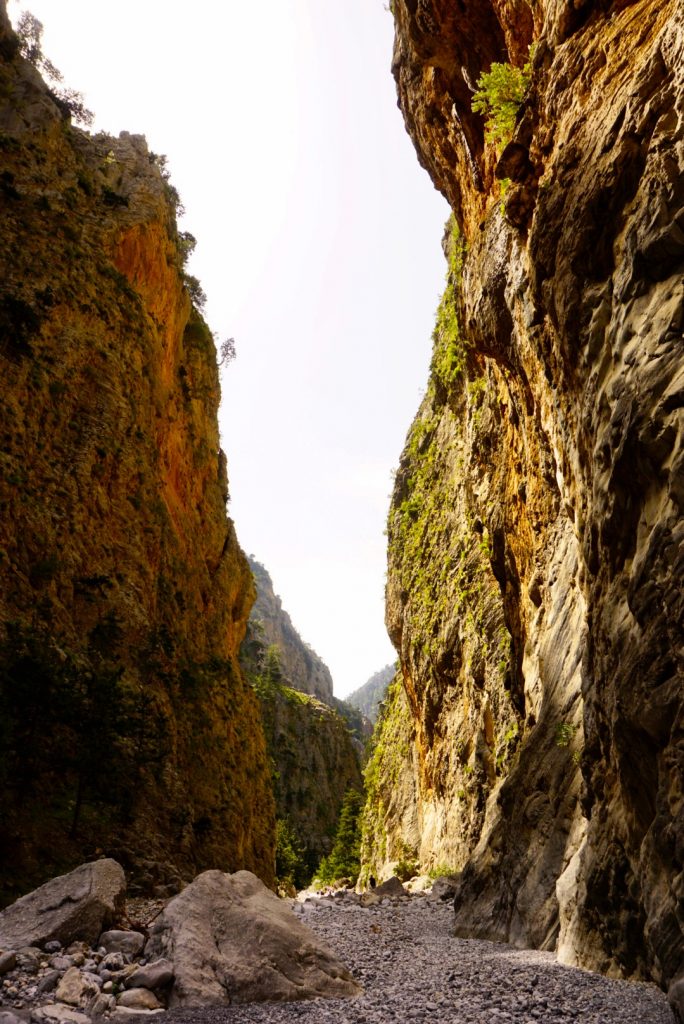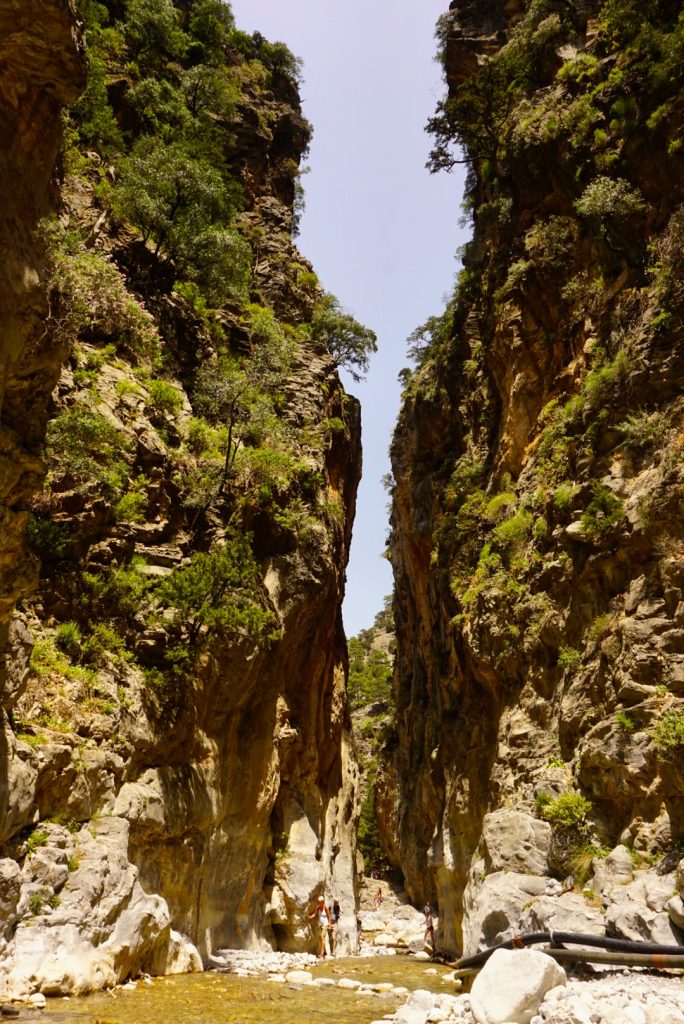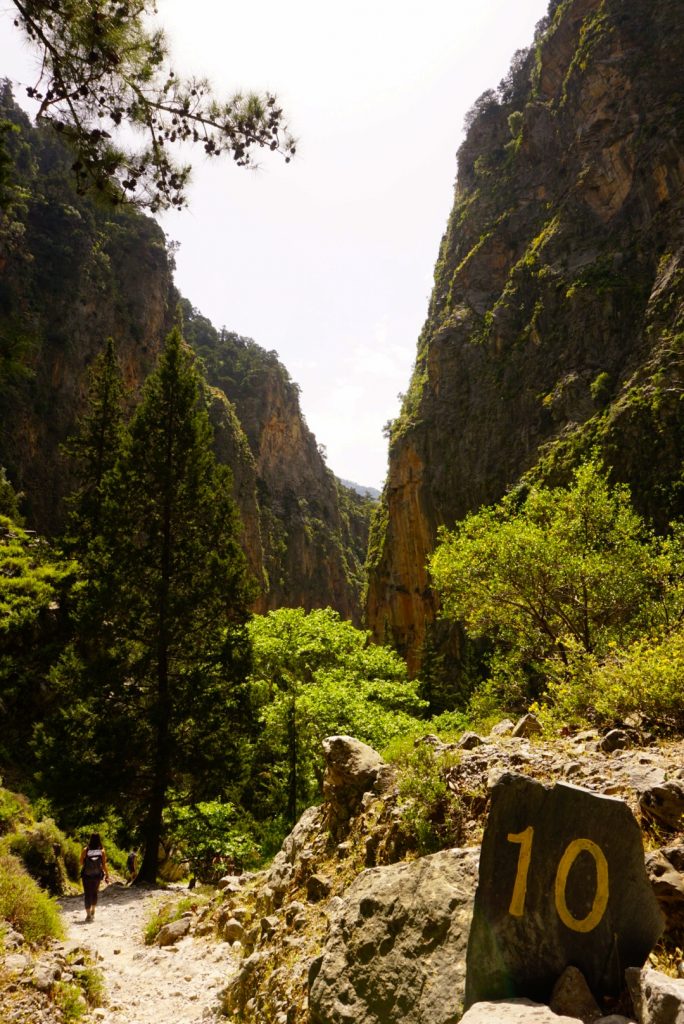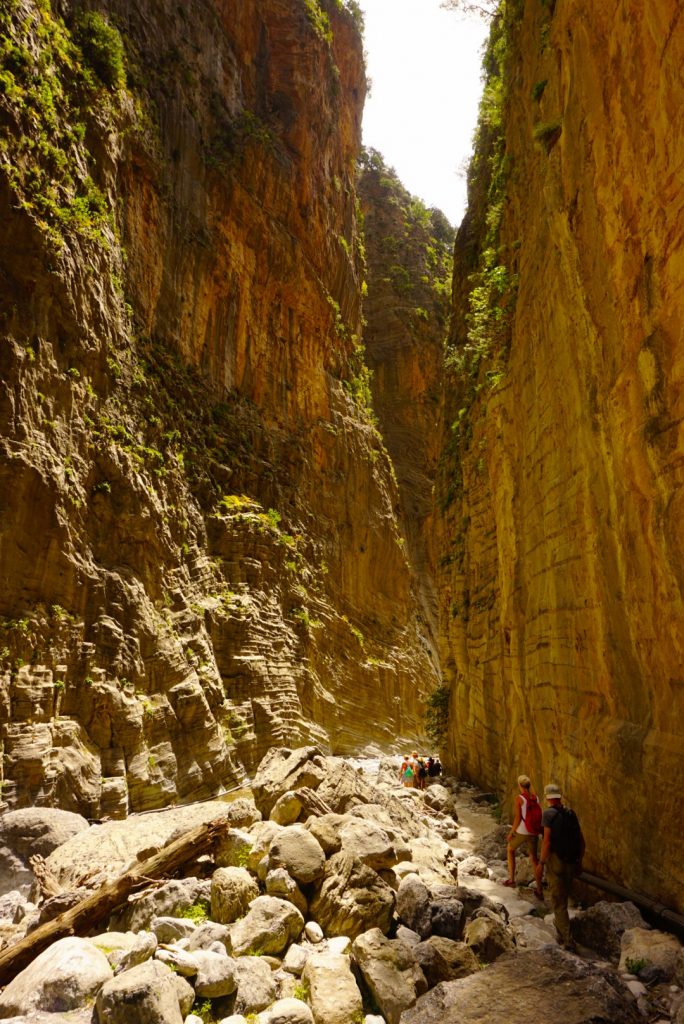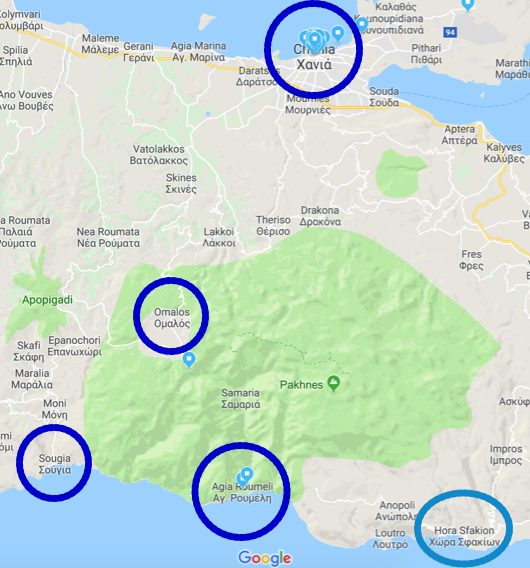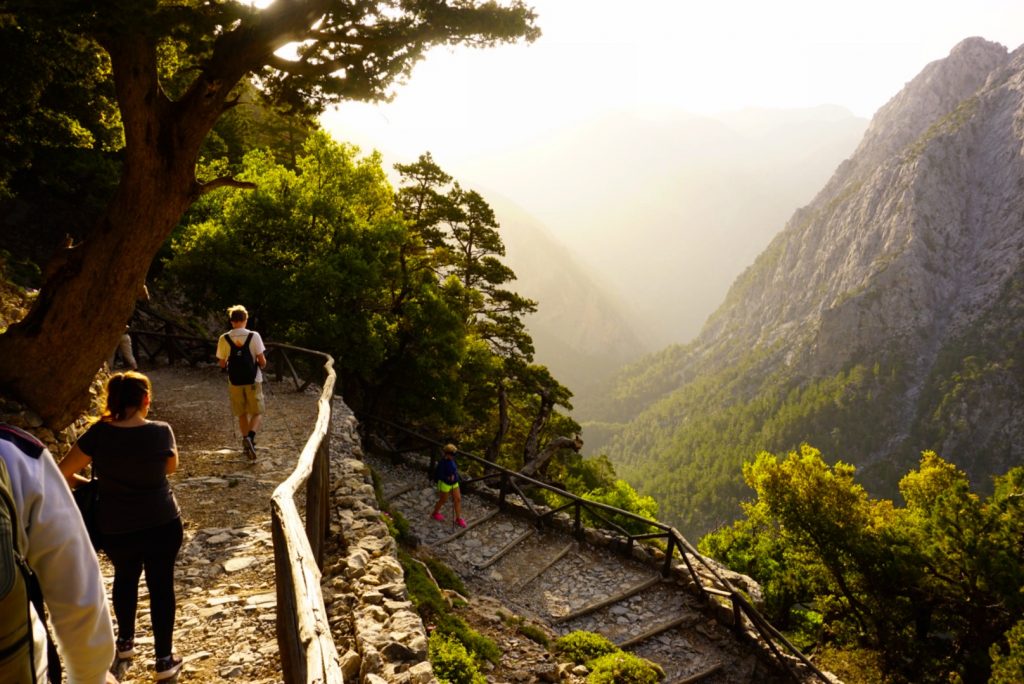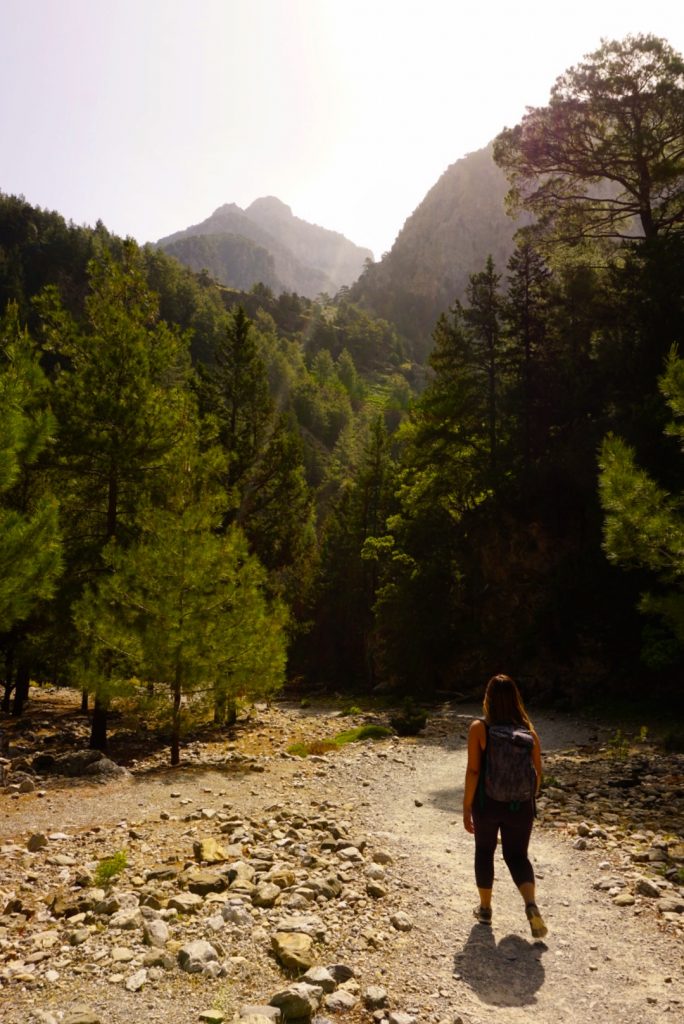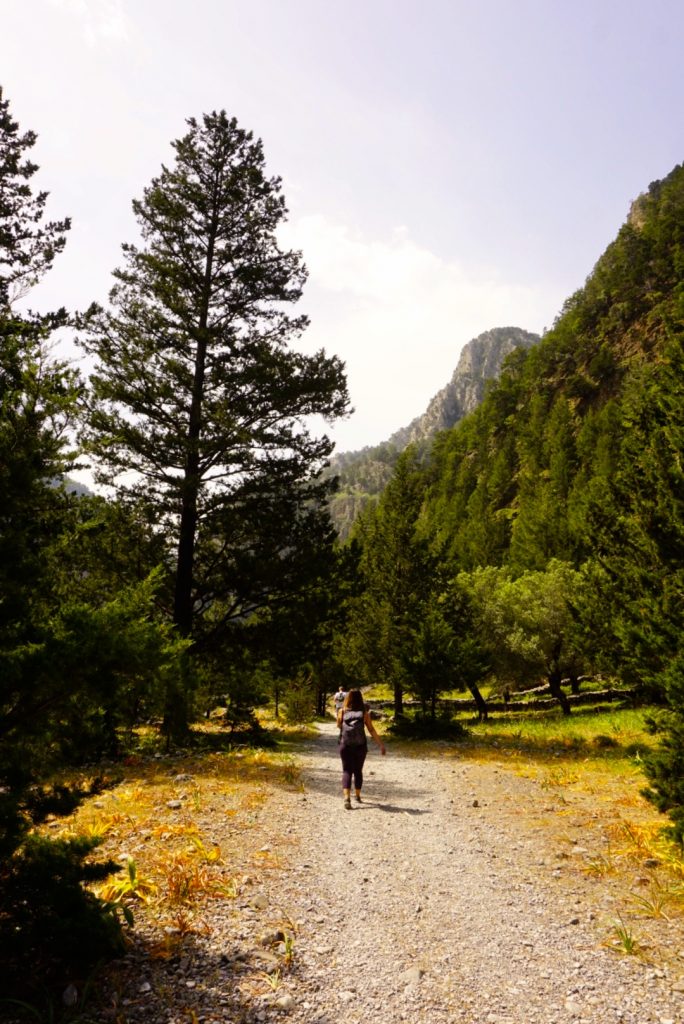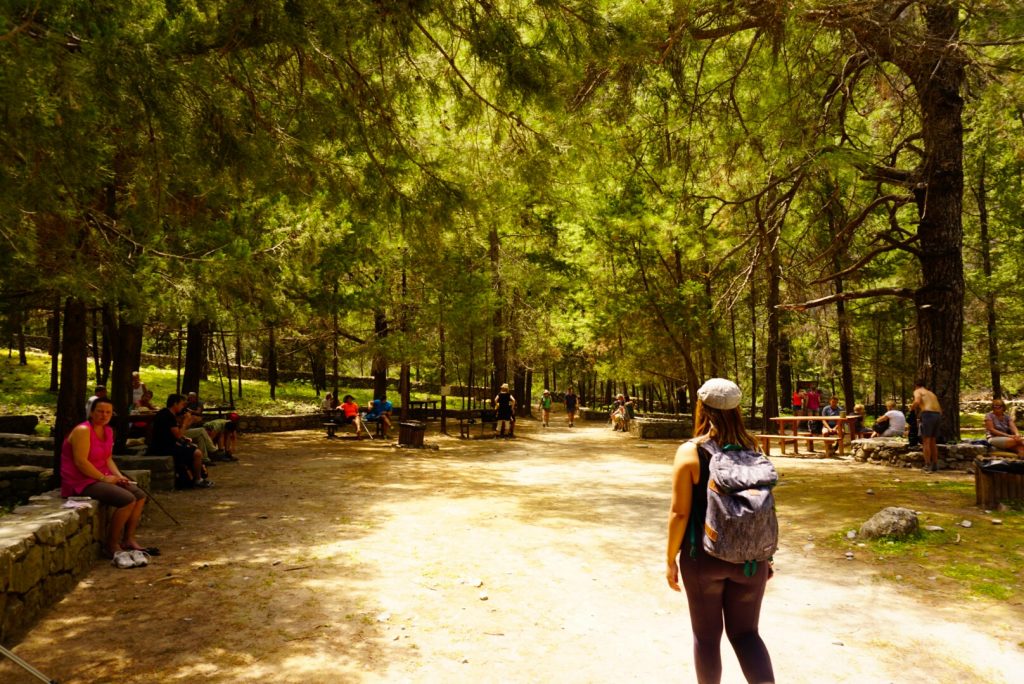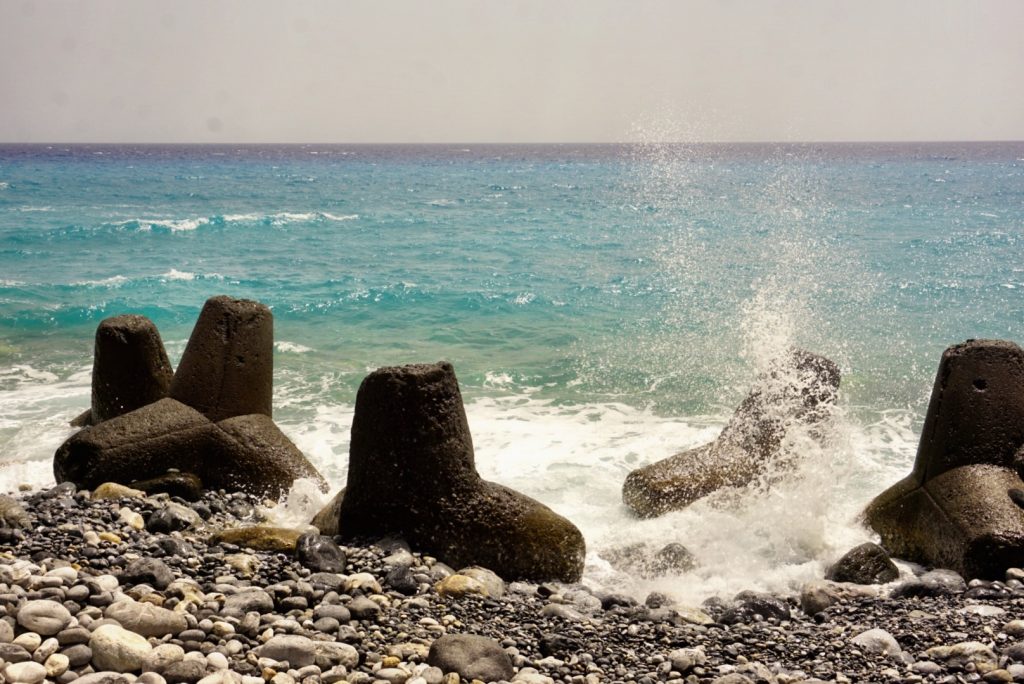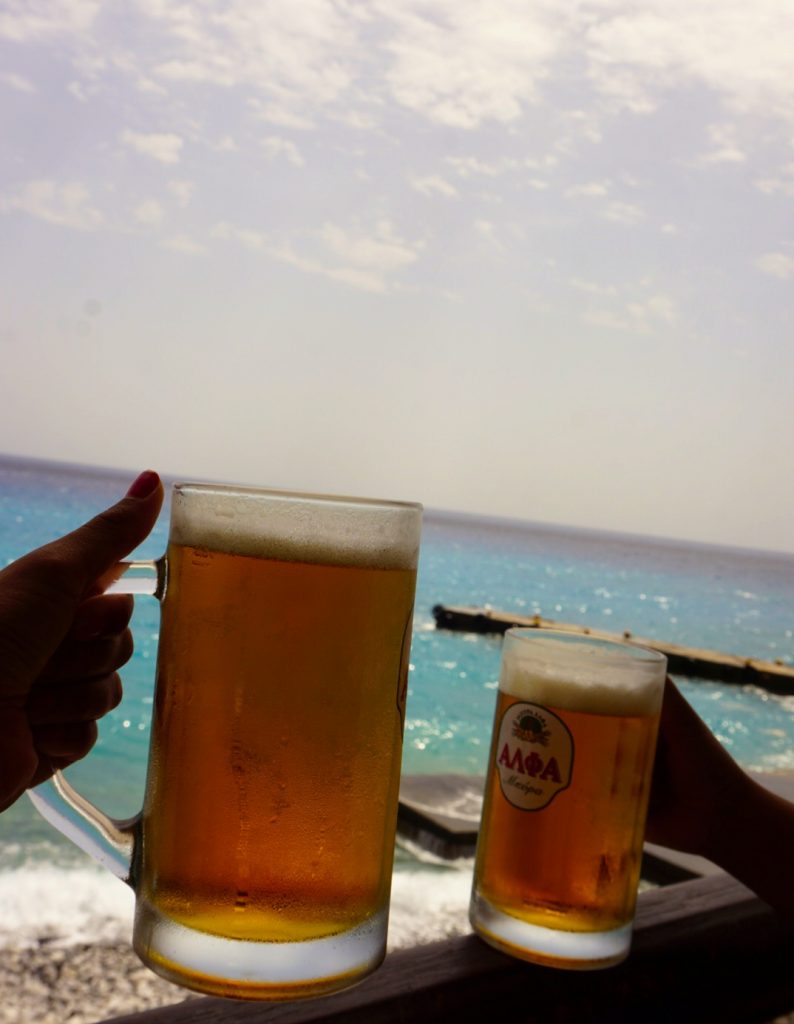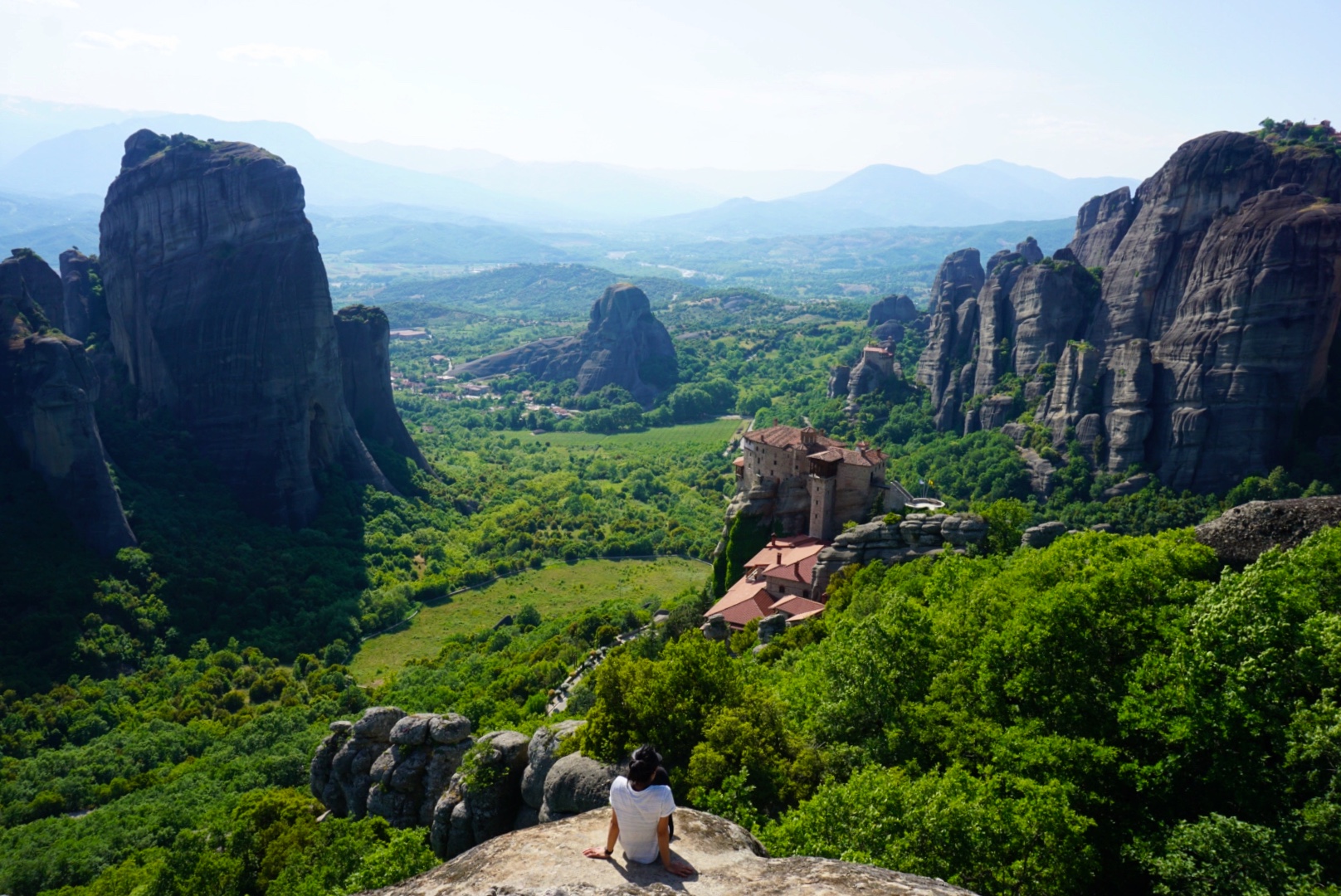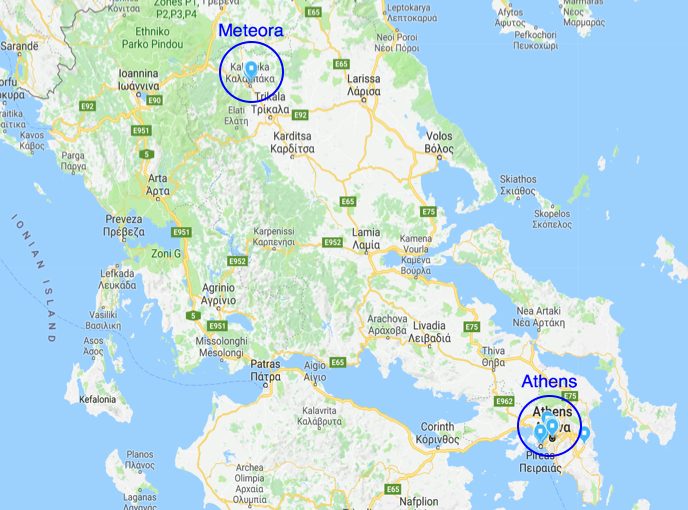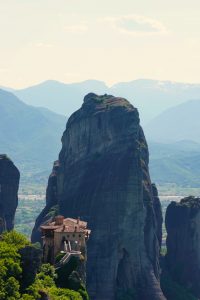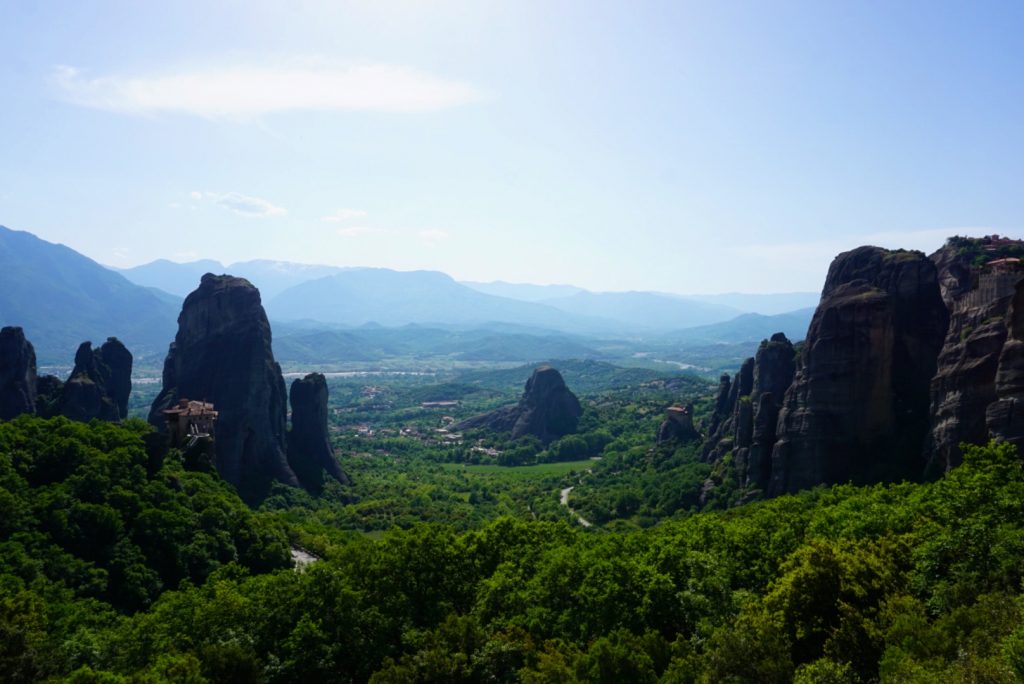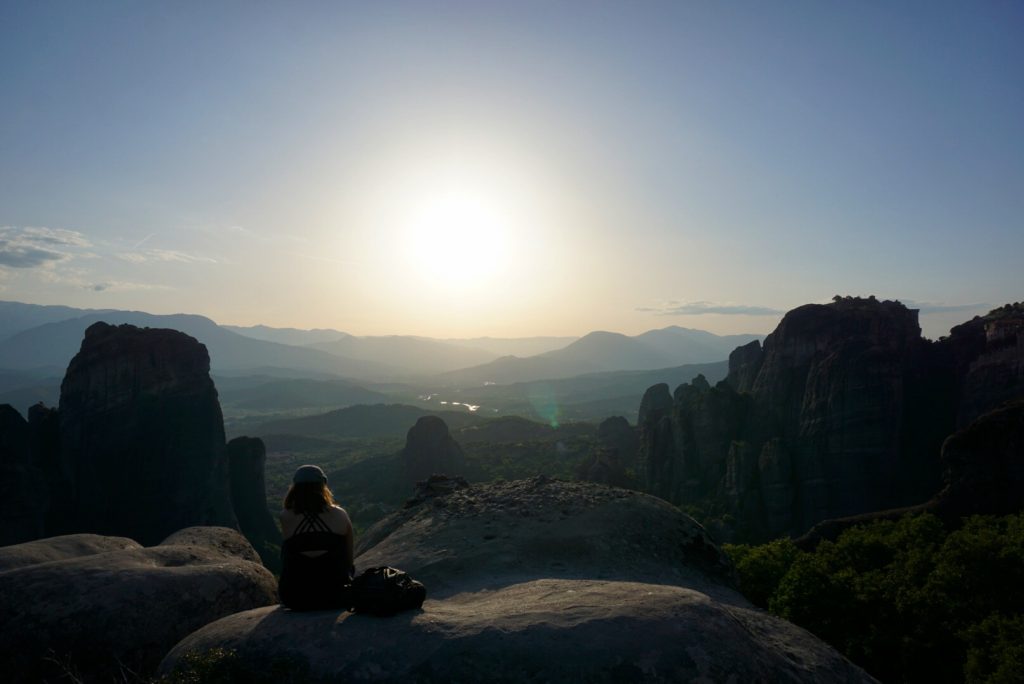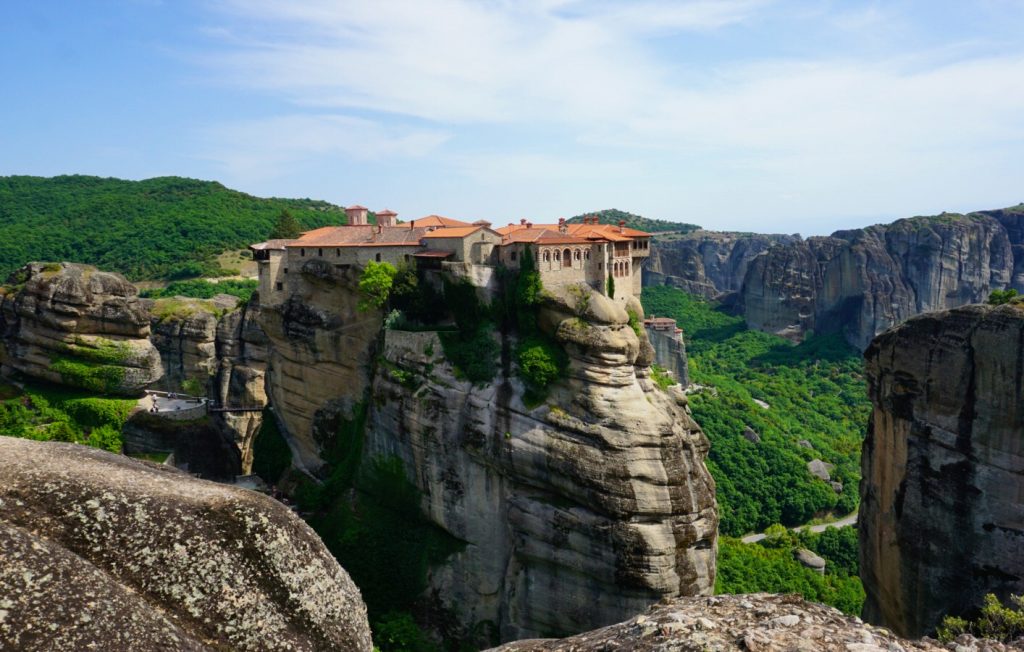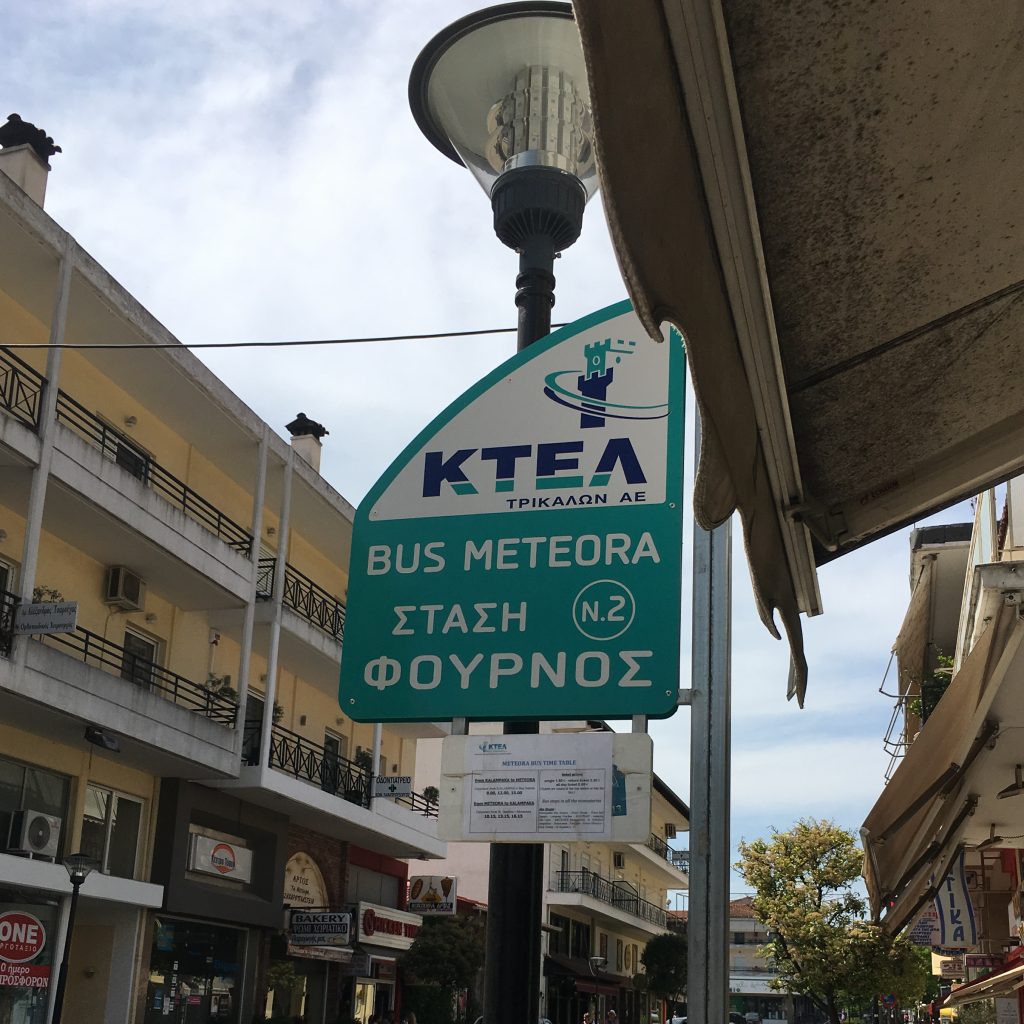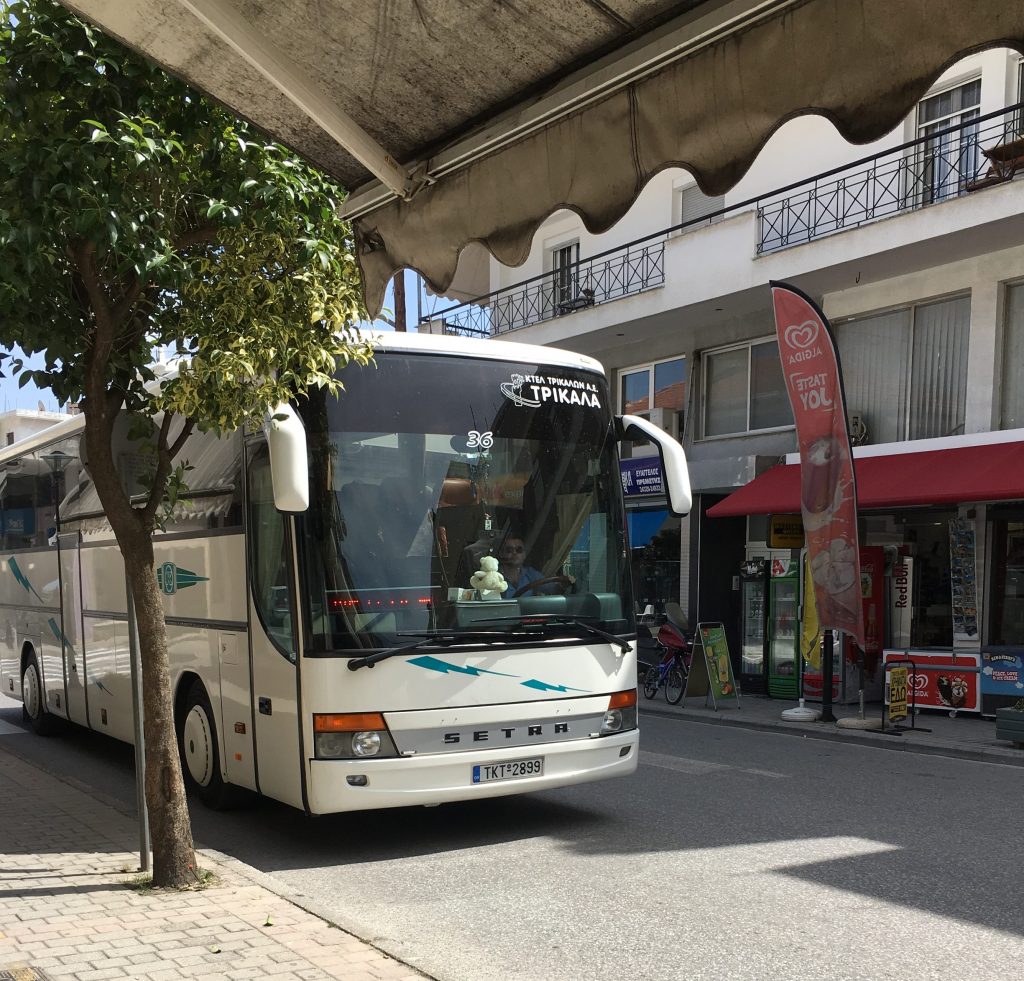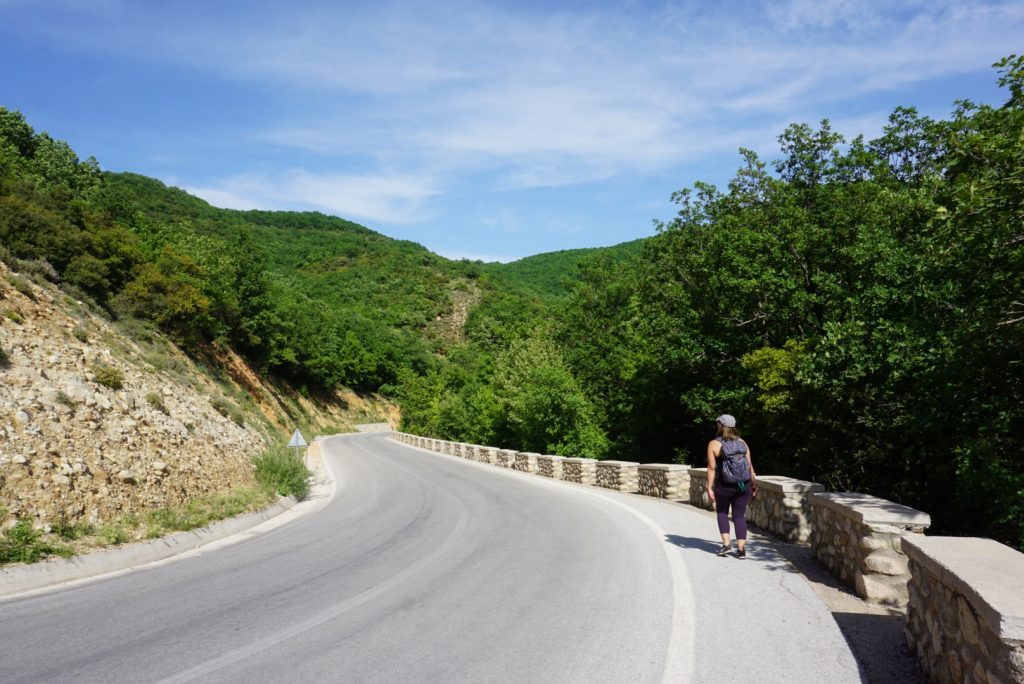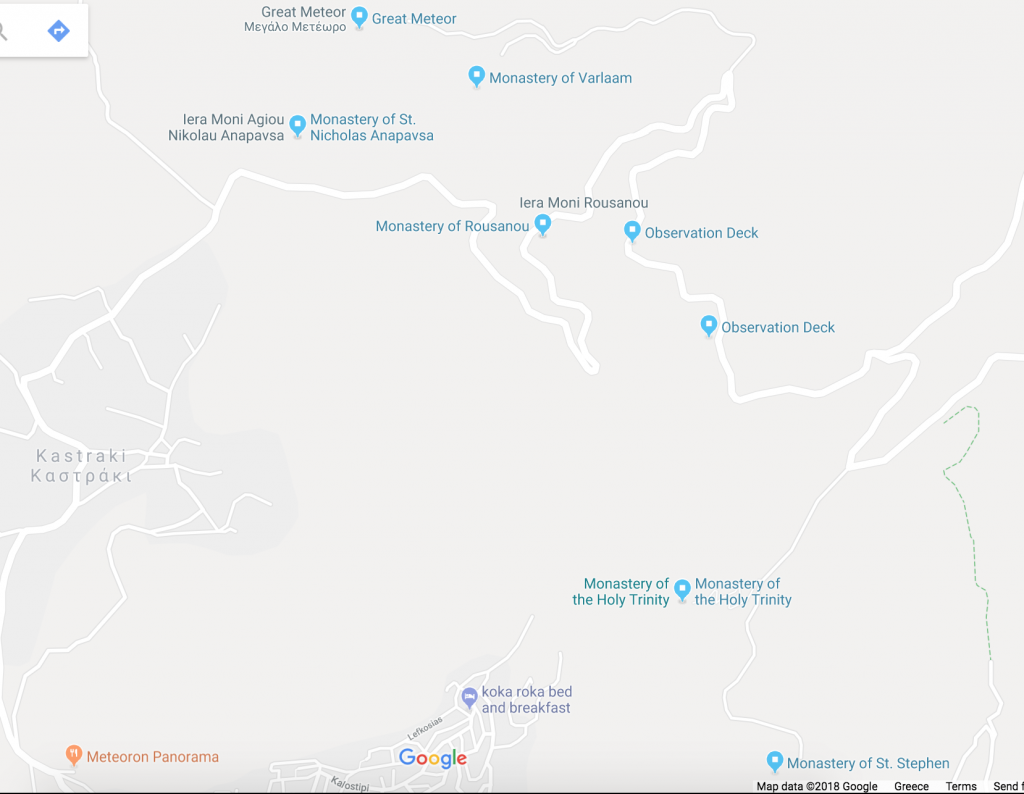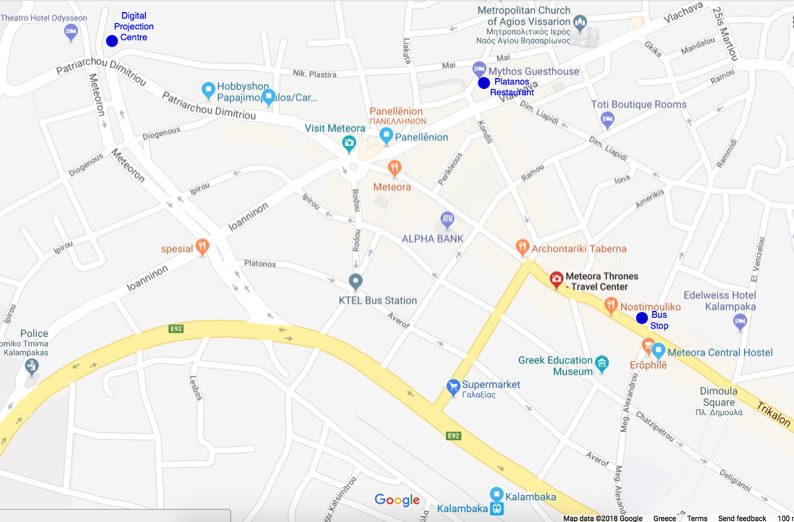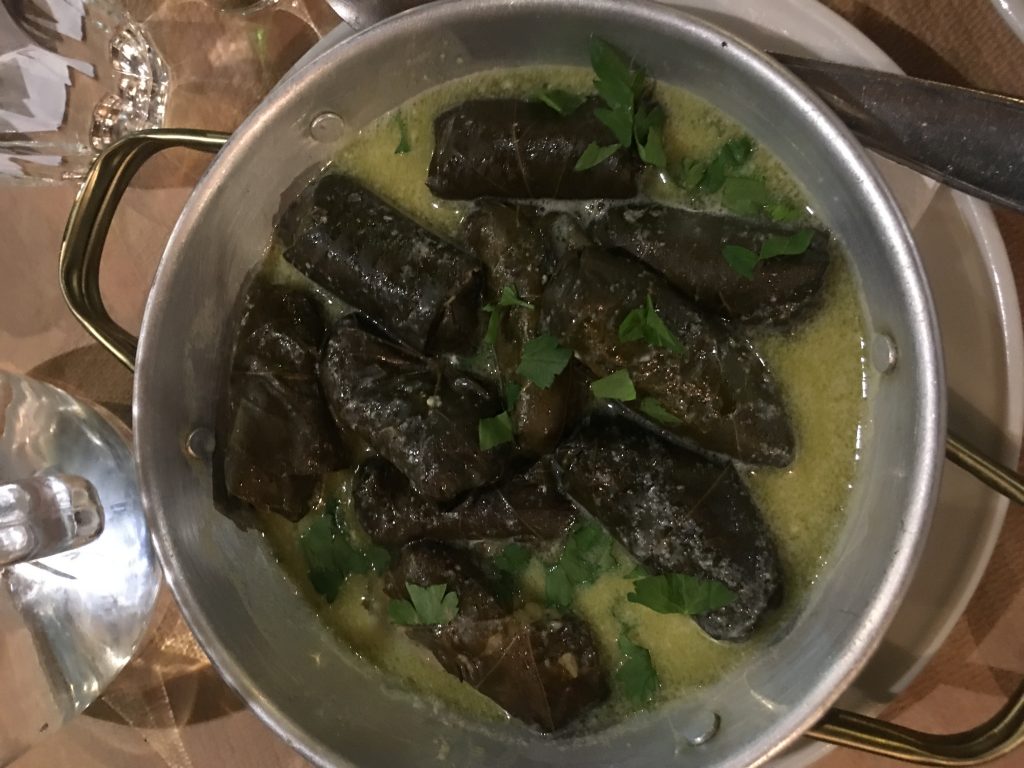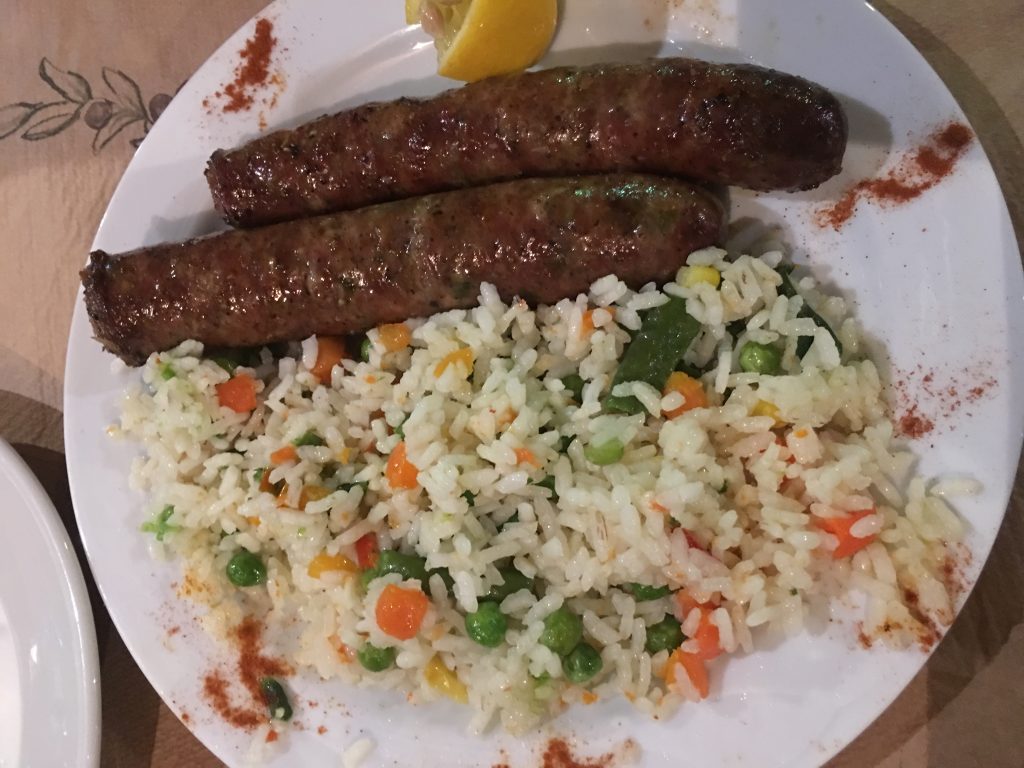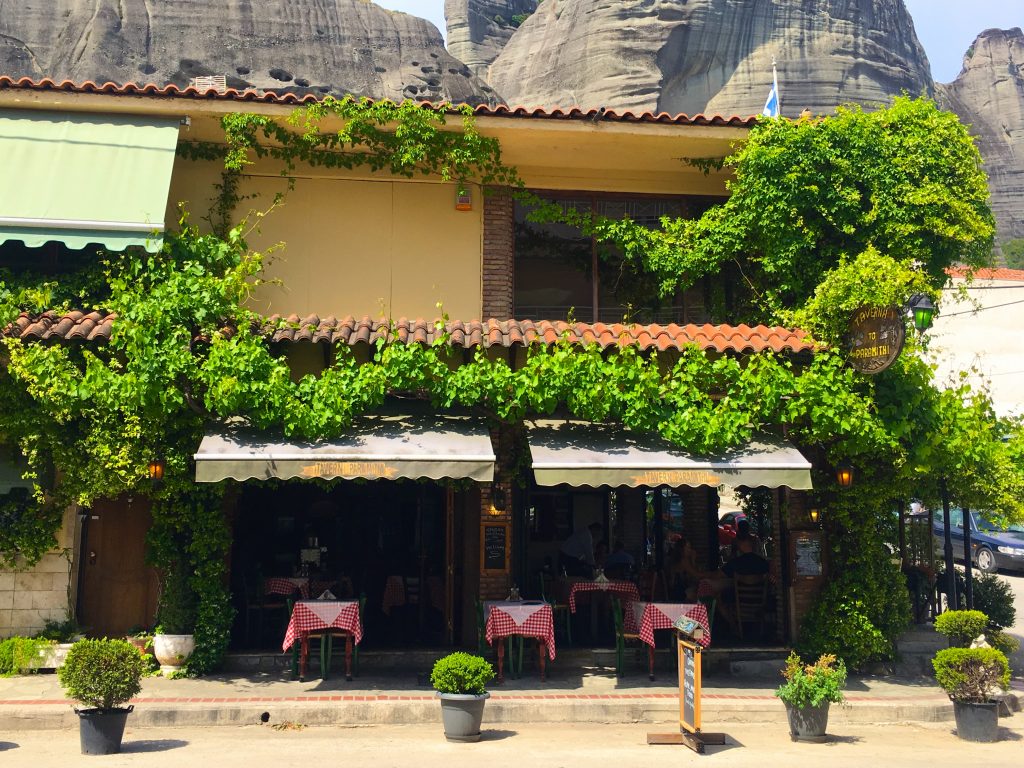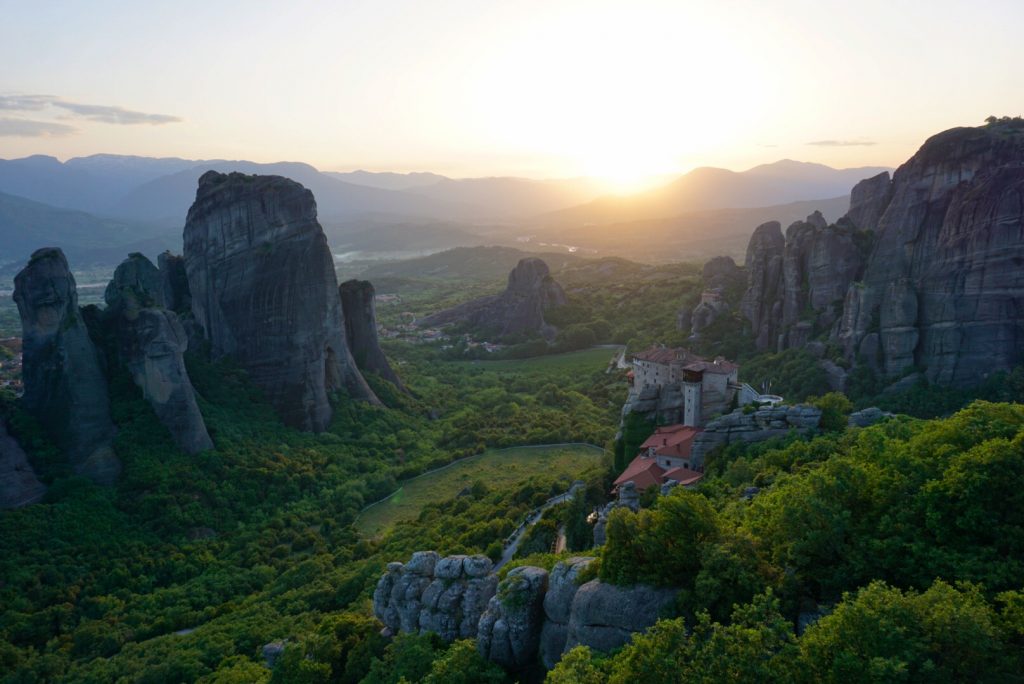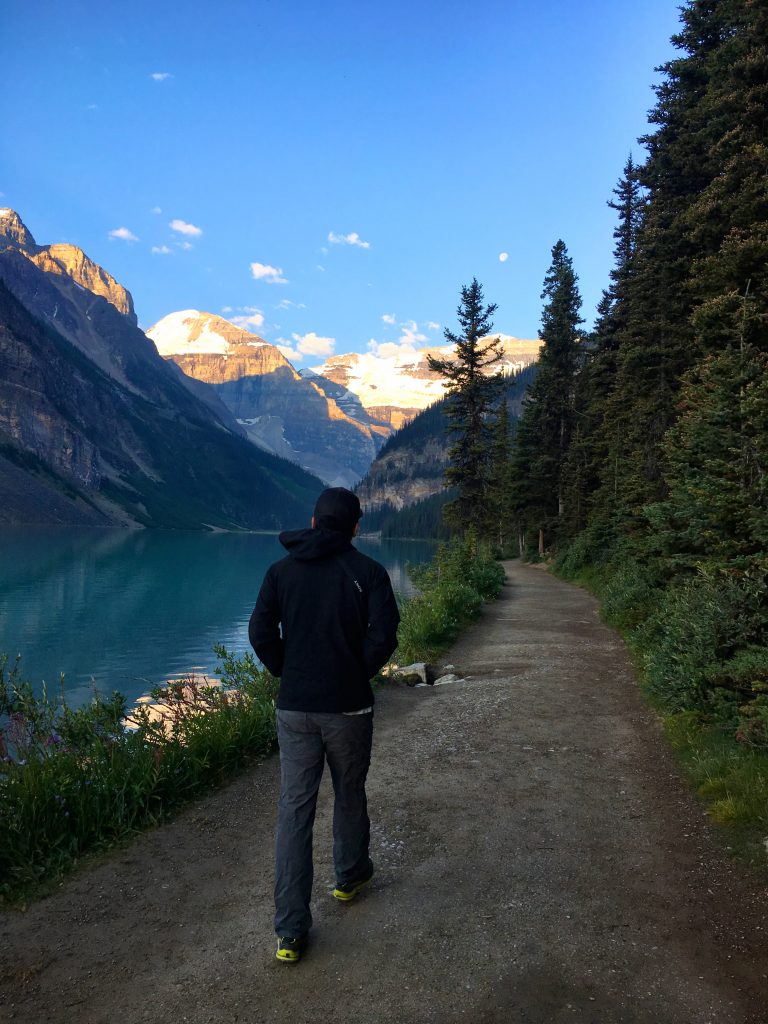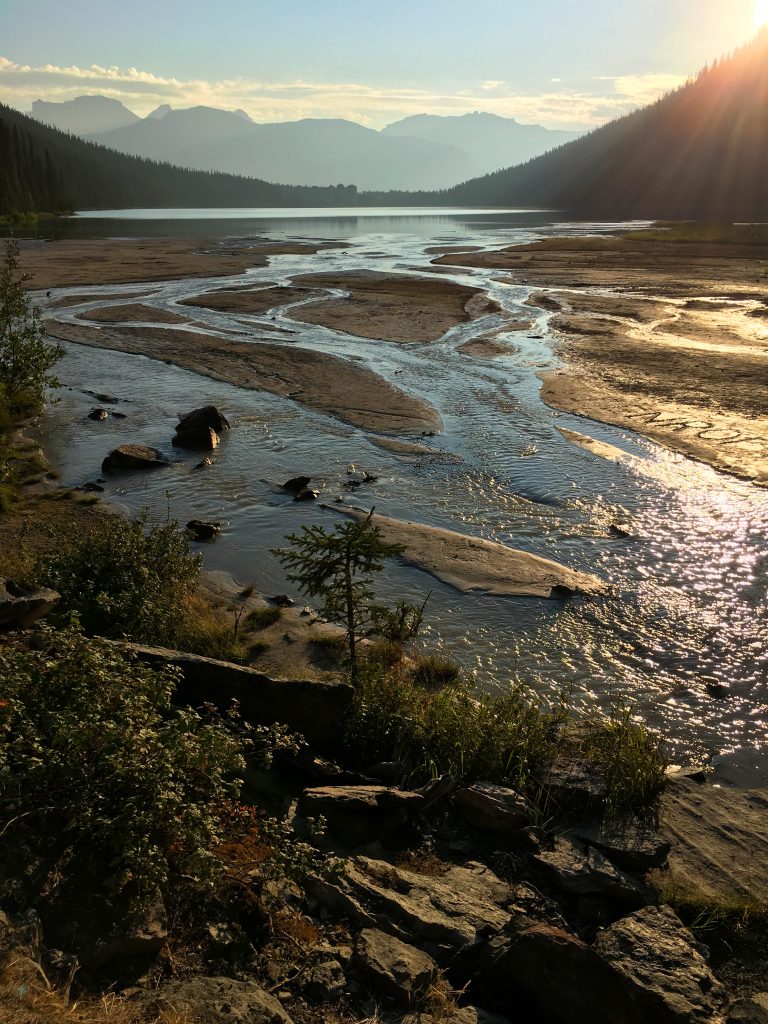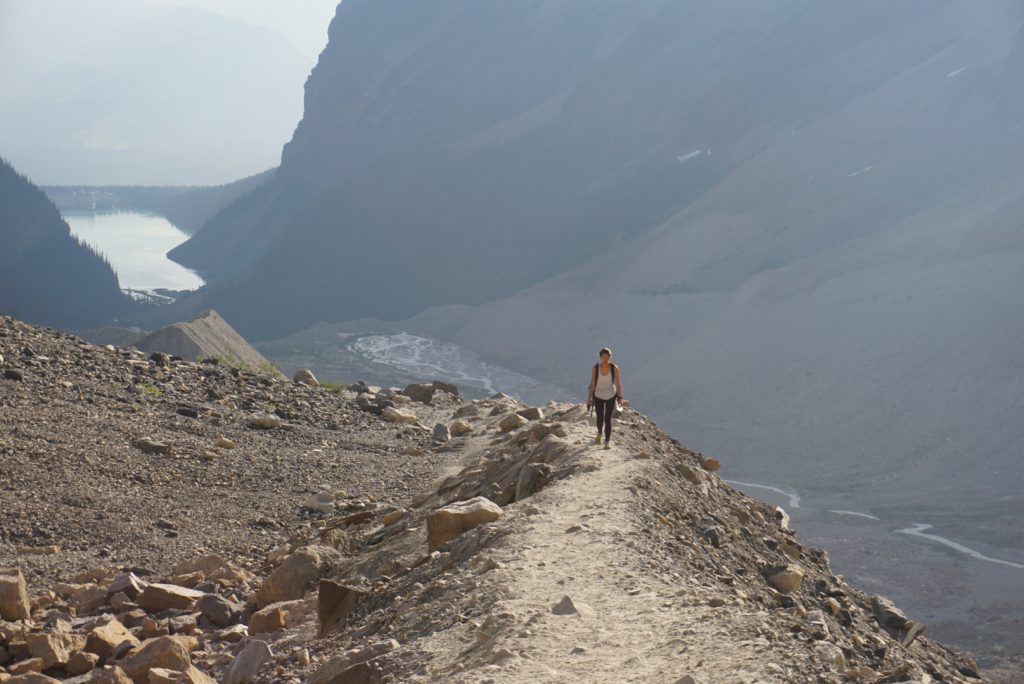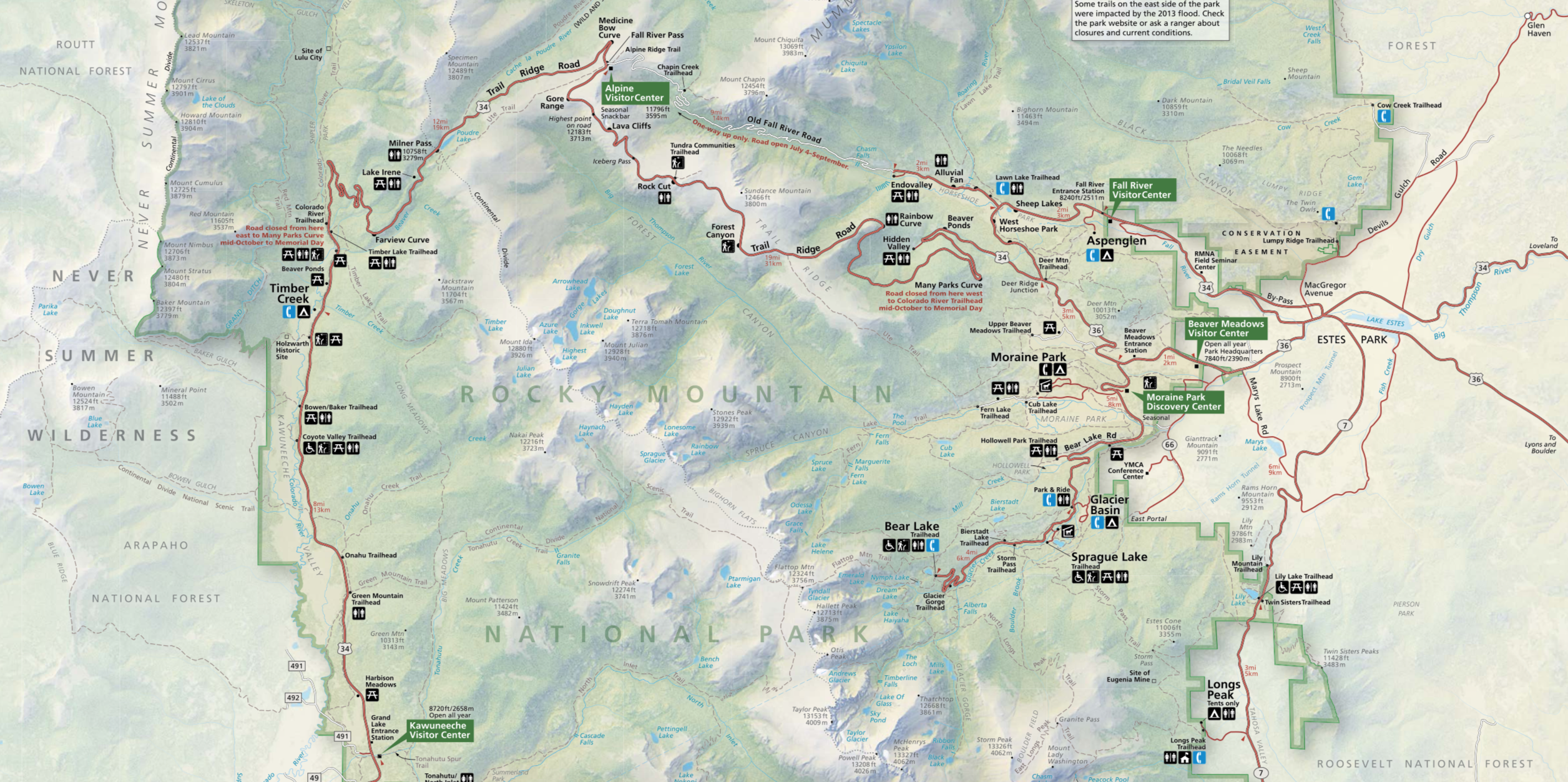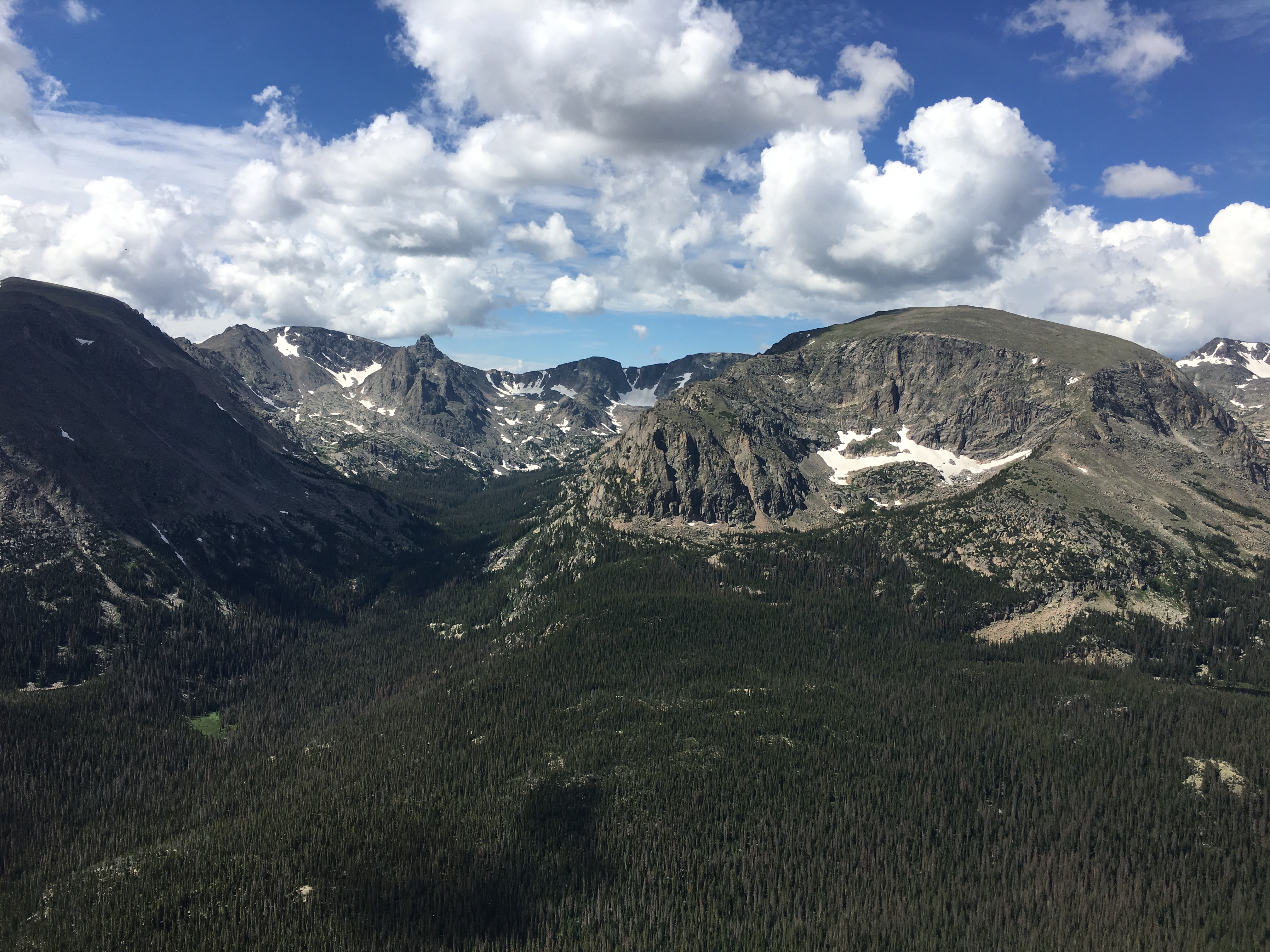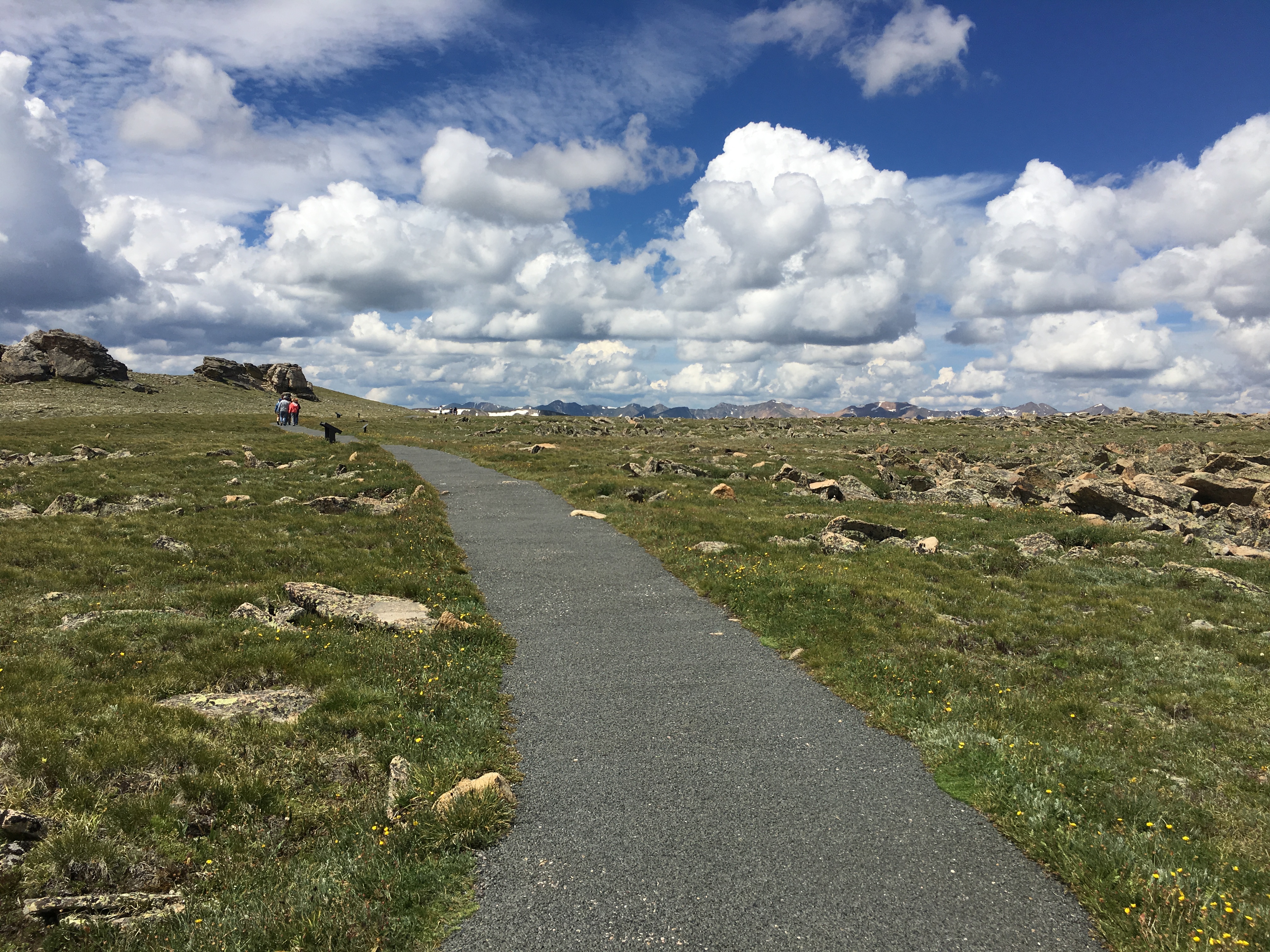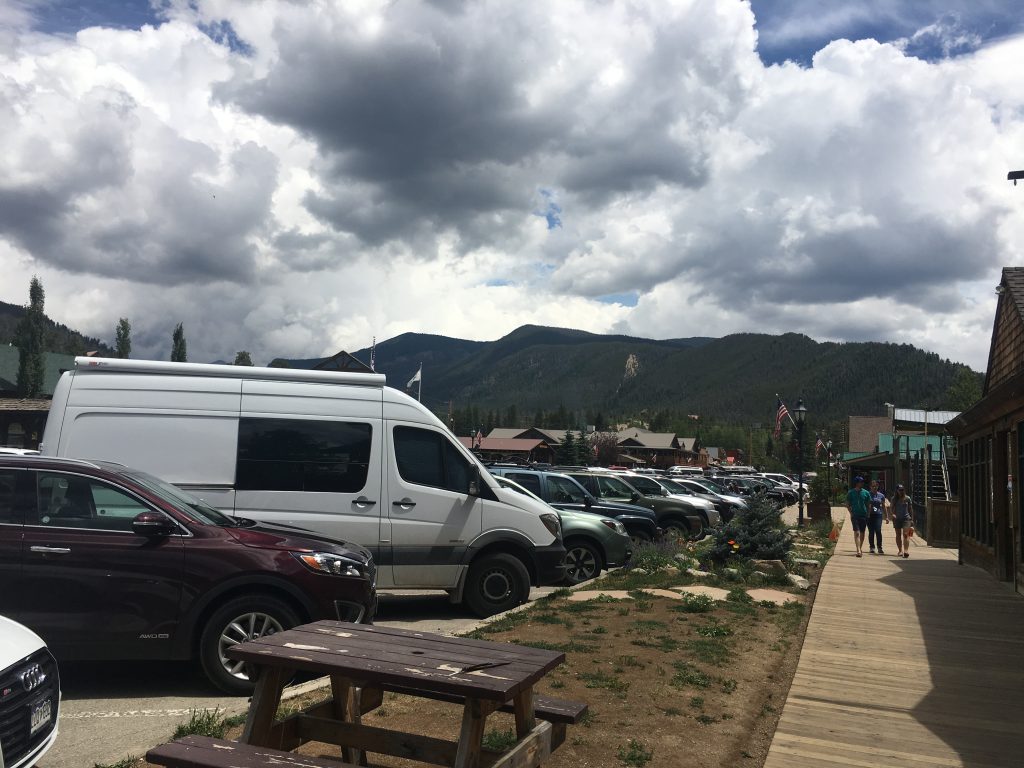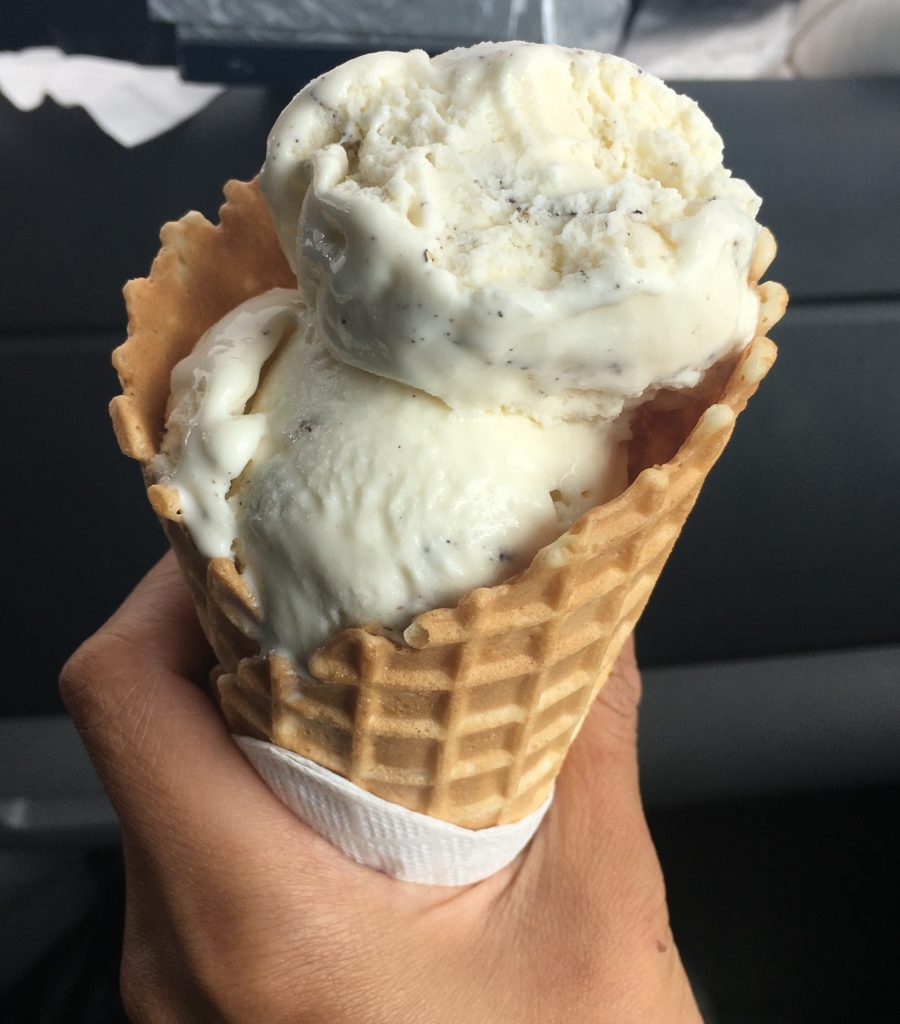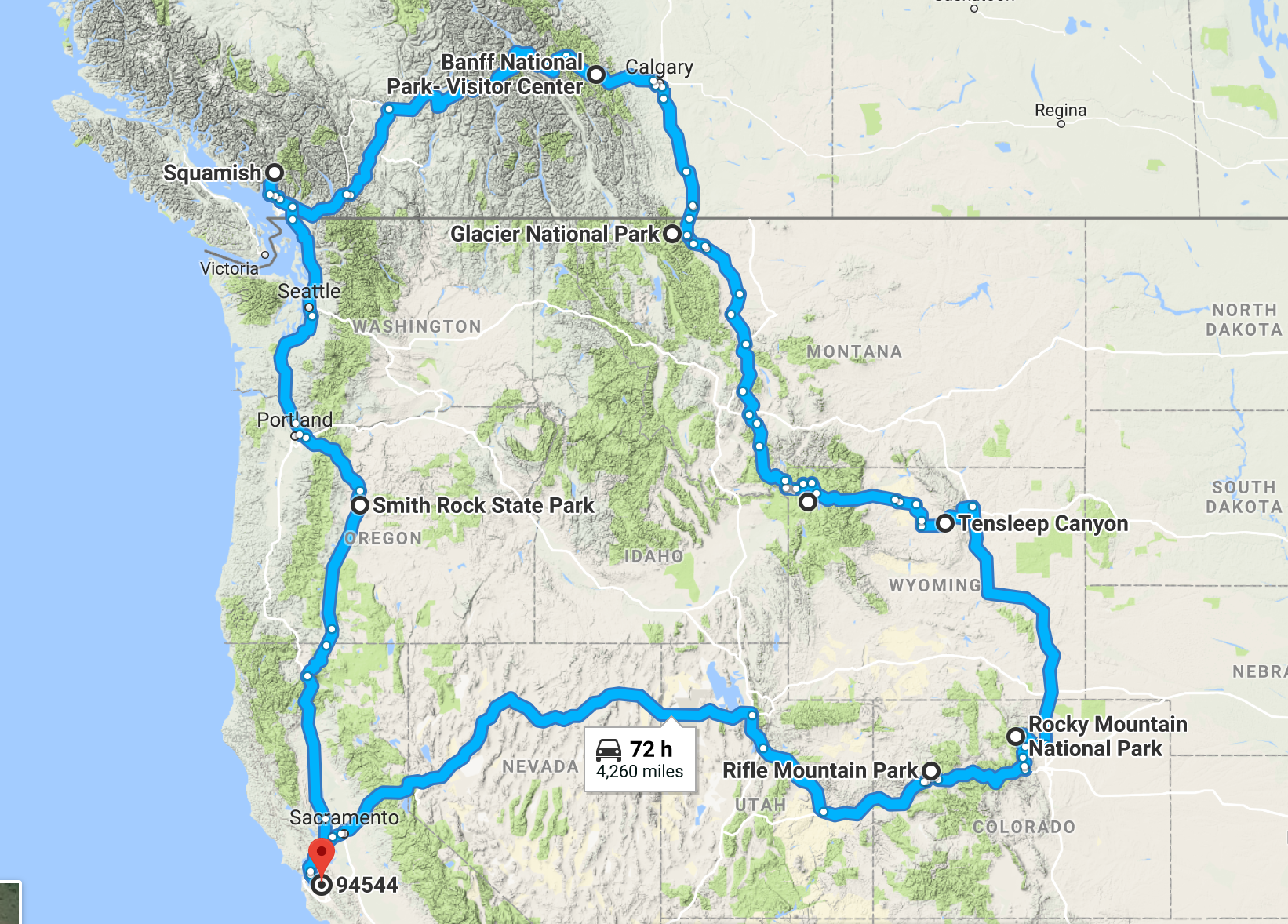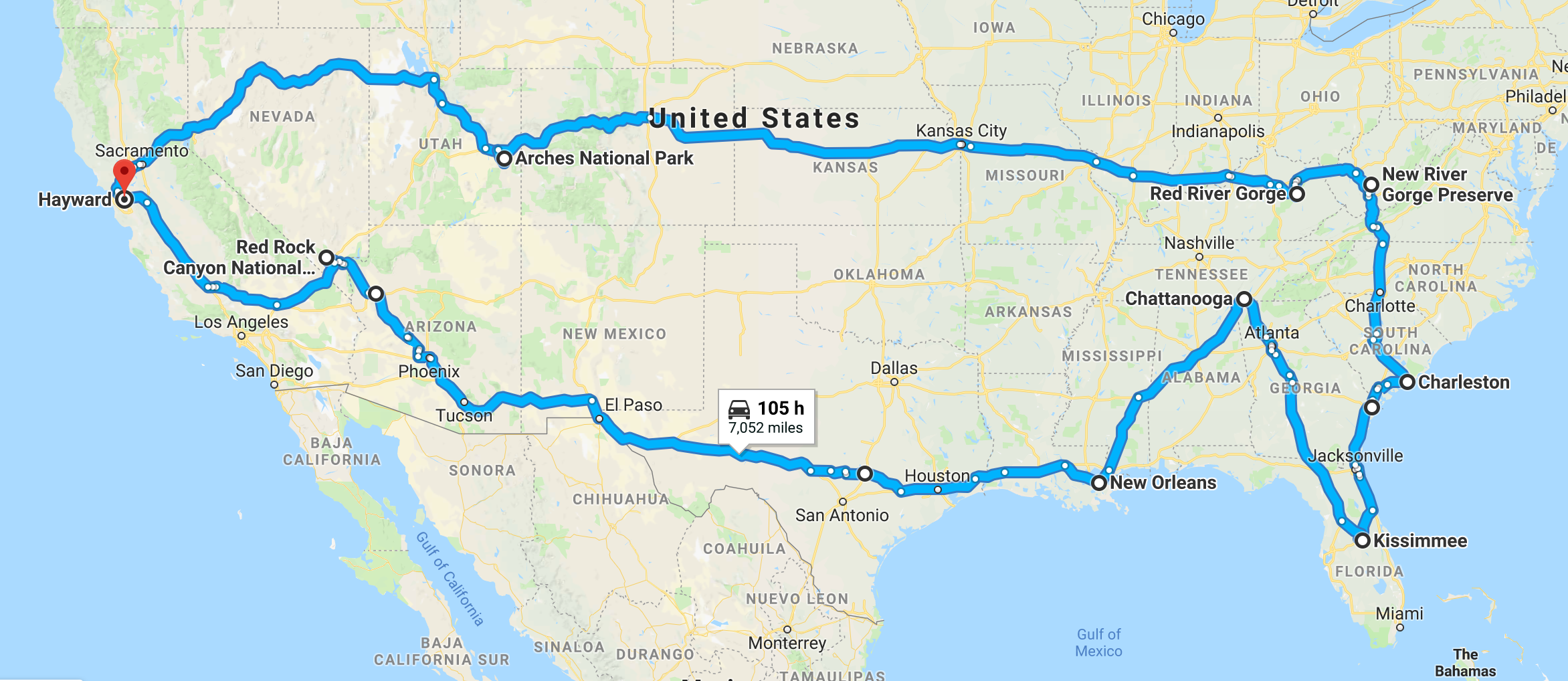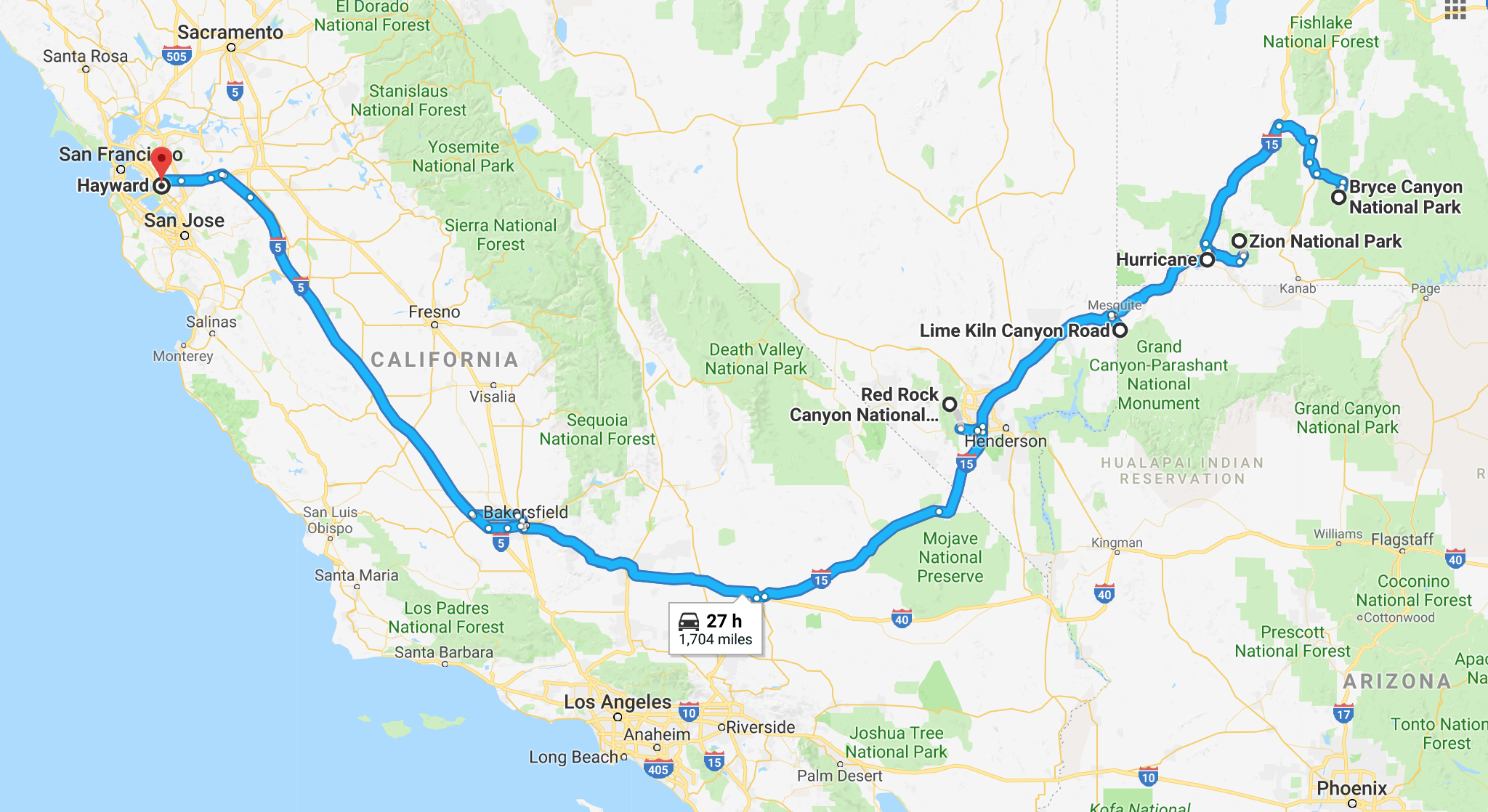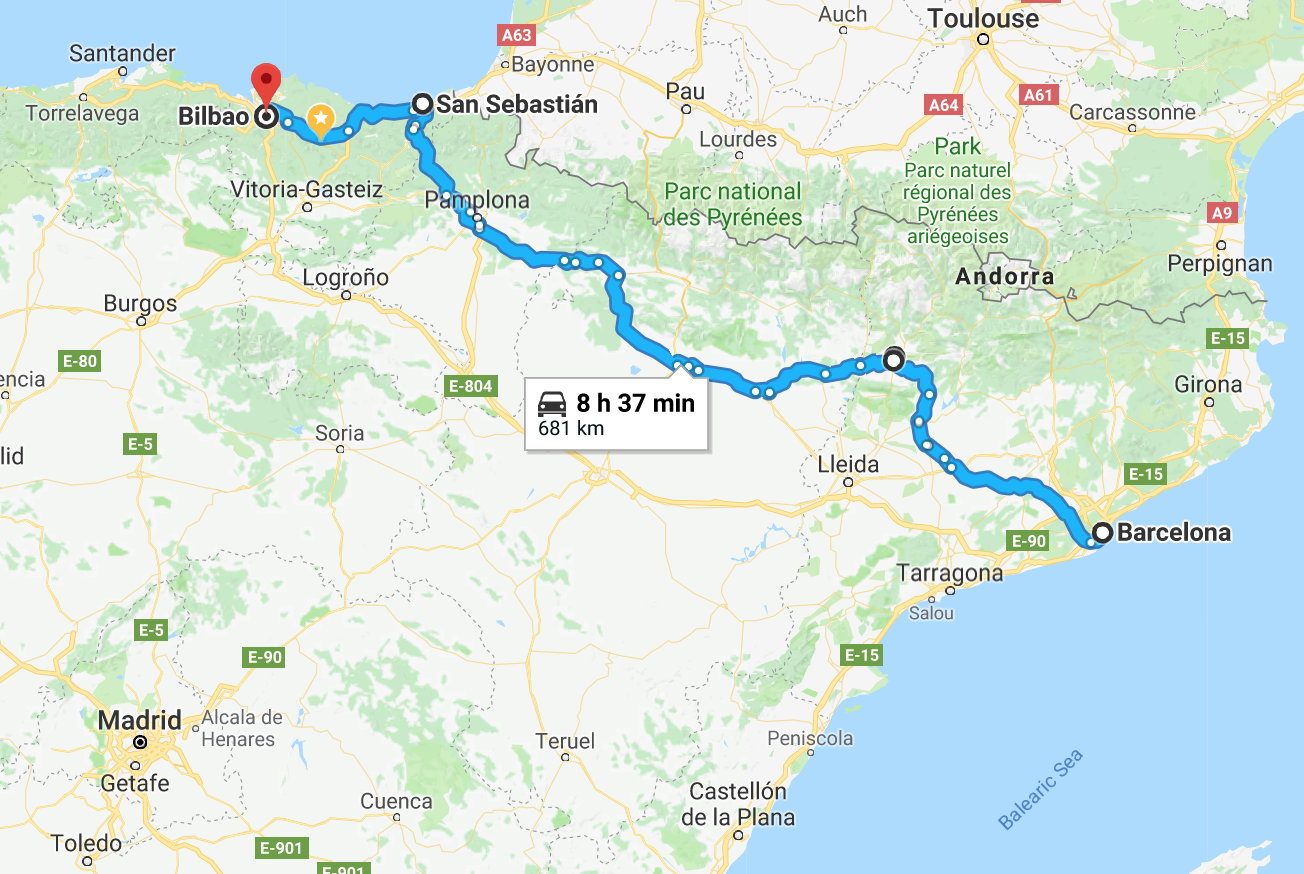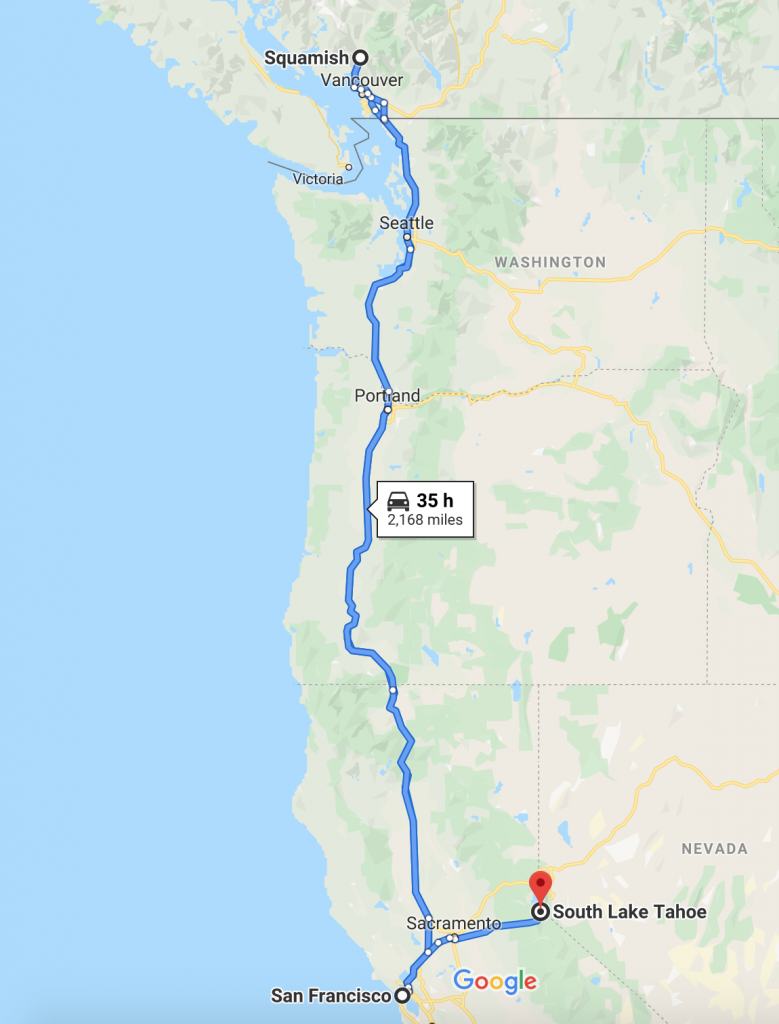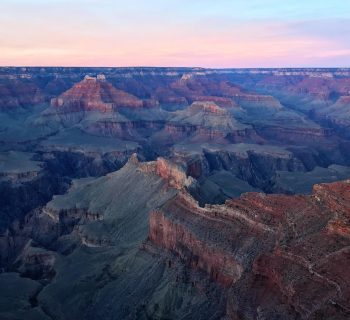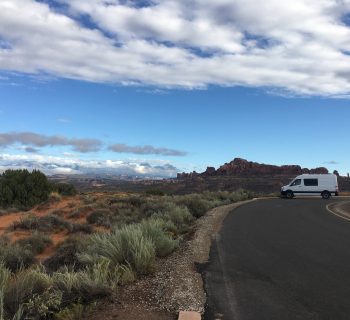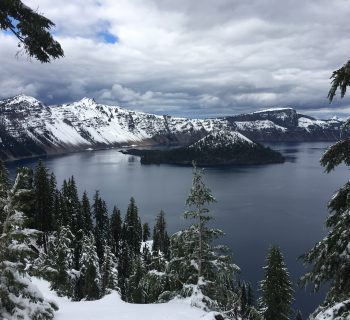After some climbing in Ten Sleep, Wyoming and exploring Yellowstone and Glacier National Parks we crossed the Canadian border to Alberta, Canada. We spent one night camping at a Walmart in Calgary. Then we headed straight to Banff National Park the next morning. Since we were determined to meet friends in Squamish, we only had three days to spend here. I wish it was longer, but this is one of the national parks I will have to return to.
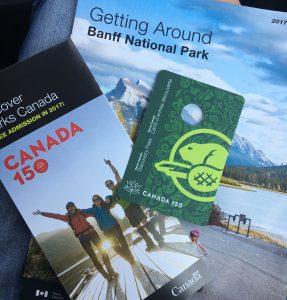
When we entered the park, we were extremely lucky as 2017 marks the 150th Anniversary of Canada. 150 years ago, Quebec, Ontario, New Brunswick and Nova Scotia – united to create the Canadian Confederation, called the Dominion of Canada. Per the British North America Act, these British colonies would be recognized as an independent nation. In honor of their 150th anniversary, all of the national parks had free admission for the entire year.
Climbing
There is so much climbing in the Canmore area. We only had a chance to explore the rock climbing around Lake Louise. It was August when we were here, so the area was hot. Luckily the climbing area gets shade in the afternoon, so climbing here was more bearable. I was still recovering from an A1 pulley finger injury so I did not get to do as much climbing as I would have hoped. Unfortunately, since it’s typically only the two of us climbing I have no pictures from this trip. 🙁
Camping
It was the beginning of August and prime summer season in Banff. We entered the national park with no camping reservations and decided to stop at multiple campgrounds in the morning to see if they had any availability:
- Tunnel Mountain Village: We first went to Tunnel Mountain Village since they have >600 campsites. The campsites are located near the town of Banff and are a little more expensive since all sites include showers. We figured since this was the largest campground there would be a better chance of availability. WRONG! They were completely booked.
- Two Jack Lakeside: Also full. Showers are included with nightly fee.
- Two Jack Main: SCORE! There was a morning cancellation and the ranger said the campsite we stayed at would be available for two nights. Since we didn’t have to pay for admission fee into the park, we took it. The Two Jack Main campsite was cheaper, but there were no showers available at this campsite (hence the cheaper nightly fees). If you don’t want to fly to Banff with your camping gear, this campground also offers “equipped sites” with all of the necessary camping equipment for a higher fee. See Banff National Park’s camping for more information.
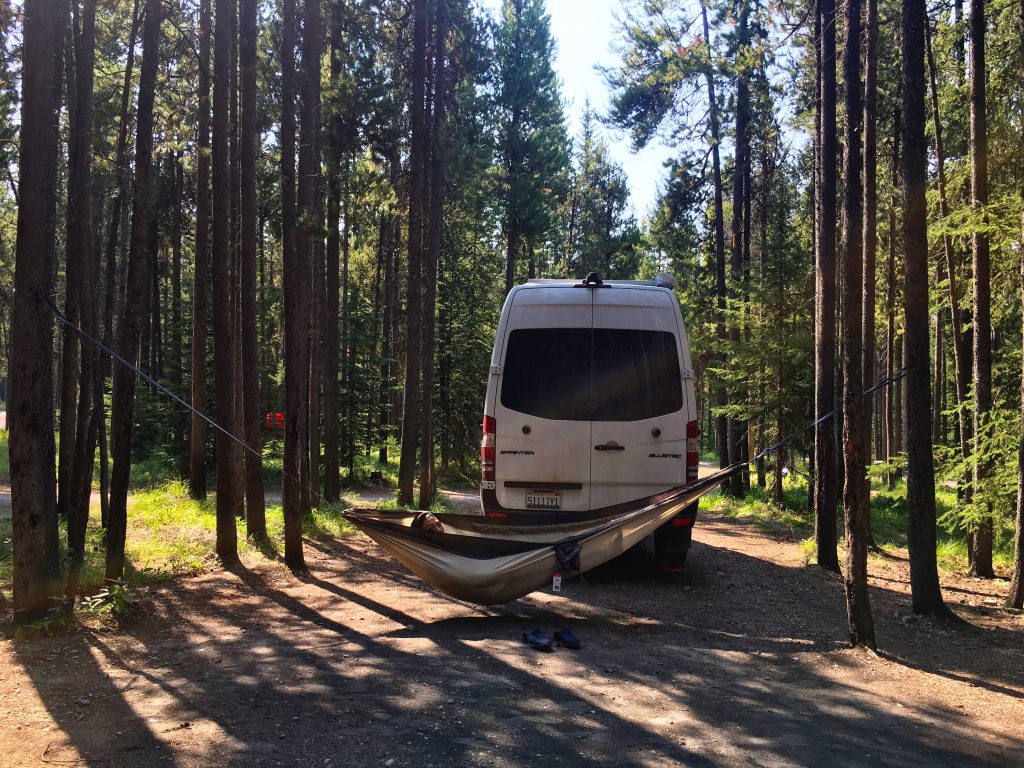
- Lake Louise Overflow Parking: If you are in an RV or a van and find yourself in a position where all of the campsites are available, there is an overflow parking area in Lake Louise where you can stay overnight for a small fee (~$10/night – 2017). No tents are allowed. It is essentially a gravel parking lot with a pit toilet. We stayed here for one night on a Friday night in August. We got to the overflow parking area around 9pm and the parking lot was almost entirely full. We got one last spot for our “small” van. It was quiet and we would definitely stay here again since we rarely use most of the amenities offered in a standard campsite.
- If you go in the morning to each of the campsite check in stations, you might be able to snag a campsite even during peak season!
Water Fill: Since we camped at the National Park for most of our time, we did not need a water fill. We used the potable water and communal sink in the campground.
Showers: At Two Jack Main, there were no showers available. We showered at the Sally Borden Fitness and Recreation Center. It was a little more expensive compared to other recreation centers we’ve visited, but the place was clean. In addition, you can also utilize their WIFI in the lobby.
Laundry: We went to “Cascade Coin Laundry” in the town of Banff. The laundromat was nice and clean, but a little more on the expensive side compared to all of the other laundromats we’ve been to. We managed to score a parking spot in the lot nearby so we didn’t have to drag our laundry too far.
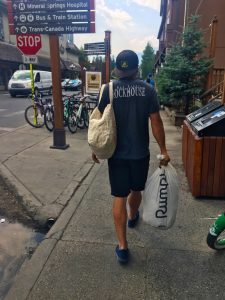
Parking in the Town of Banff: We did manage to find some street parking and there are a couple of lots for RVs, but parking spots are limited.
Food and Drinks
We didn’t eat much in the town of Banff. We mostly cooked back in camp so I don’t have many recommendations for this place.
Rest Day Activities / Things to Do in Banff
(1) Hike to the Plain of the Six Glaciers: From Lake Louise, you can see the Upper Victoria Glacier. The trail gets you a closer view of Mount Lefroy, Mount Victoria and the Victoria Glaciers. In addition, you can visit the Plain of Six Glaciers teahouse after your hike!
(2) Lake Louise: When most people think of Banff, they automatically think of Lake Louise. This place is gorgeous. The glacial blue lakes and the amazing scenery is breathtaking. Though be warned, it does come with it’s fair share of tourists as it is easily accessible and next to the Fairmont Hotel.
(2) Lake Moraine: Best viewed at sunset. We didn’t really make sunset since we ended up climbing a little late. But oh well.
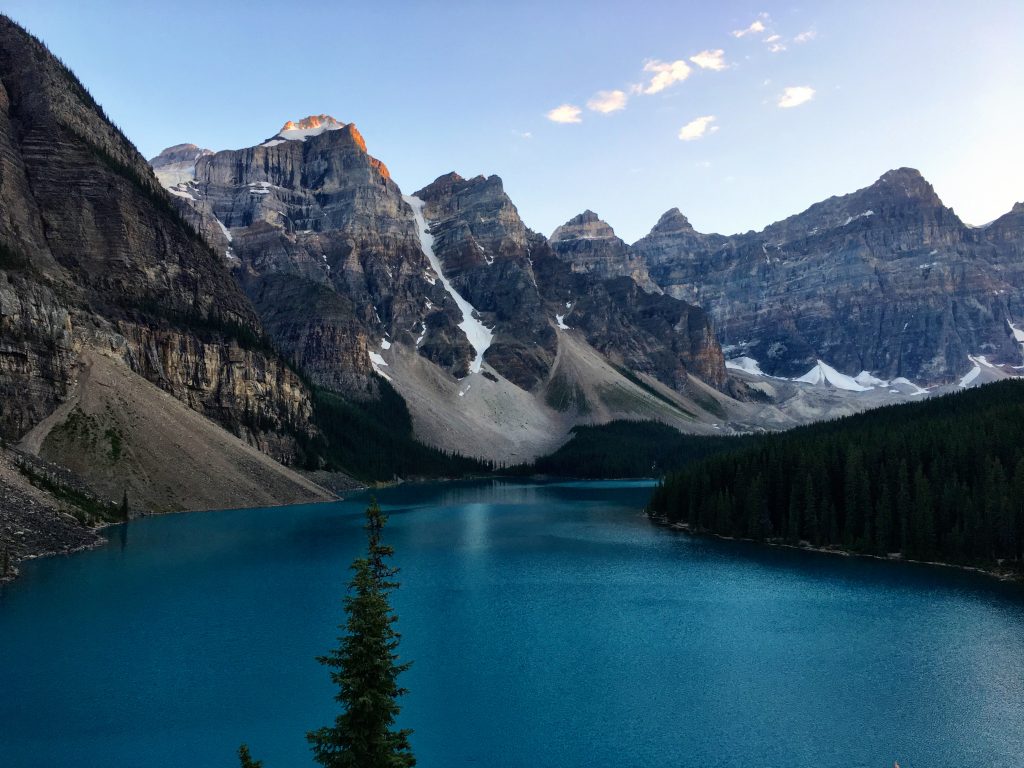
(3) Lake Minnewanka: This lake is beautiful and located next to the Two Jacks campground. NOTE: If you plan to hike further away from the lake, take a note of hiking tips. There are a lot of huckleberry bushes near the hiking trails which tend to attract bears. Especially during the August/September months when they are preparing for winter.
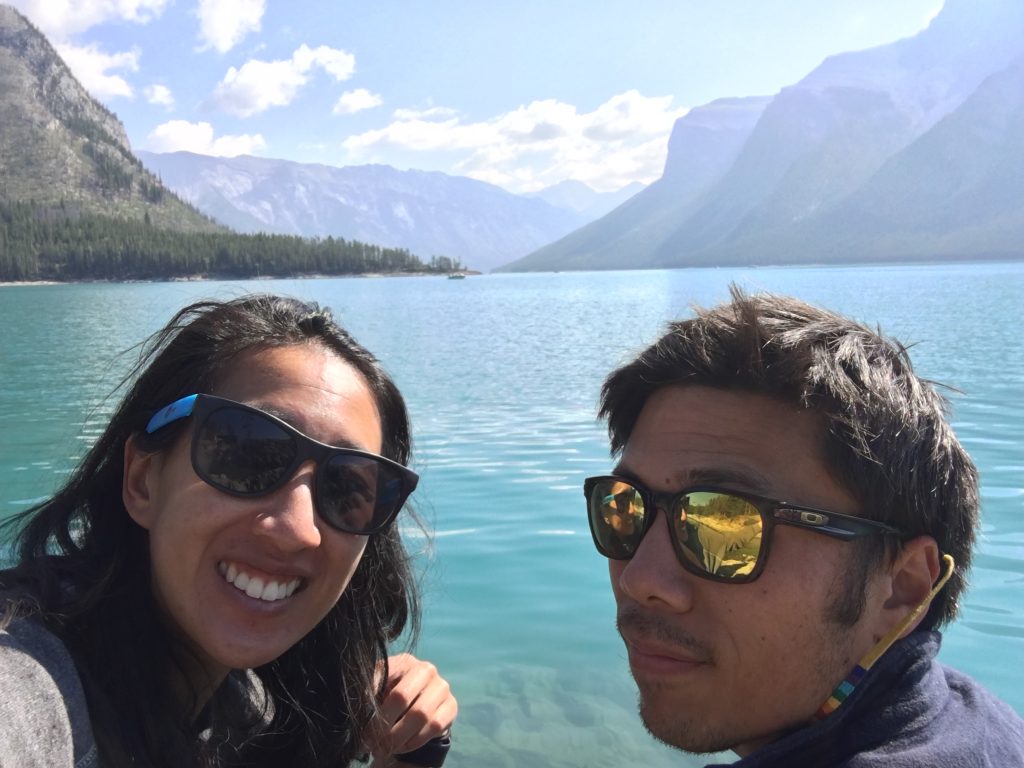
(4) Town of Banff: Visit the visitor’s center here. There is also a local farmers market every Wednesday (May to October).
(5) Yoho National Park or Jasper National Park: If you have the time, definitely check out the two other national parks that are really close by! You can also visit the Athabasca Glacier in the Columbia Icefields. NOTE: Going to the glacier requires purchase through a designated tour company(mid April to mid October – weather permitting). If you decide not to take a tour, definitely consider driving down the Icefields Parkway (Hwy 93). It’s one of the most beautiful and scenic routes in Canada.

